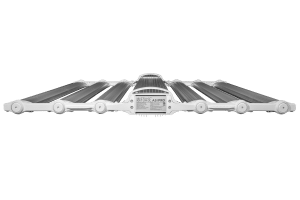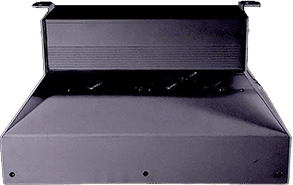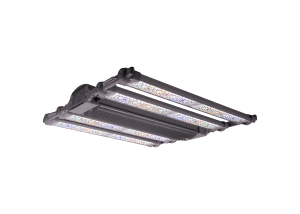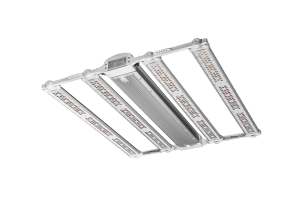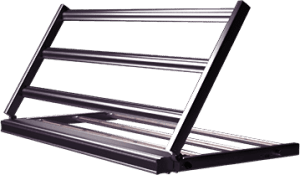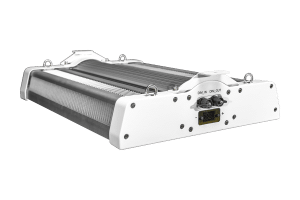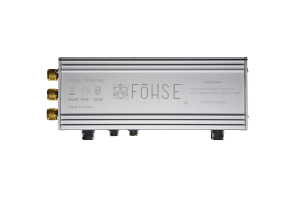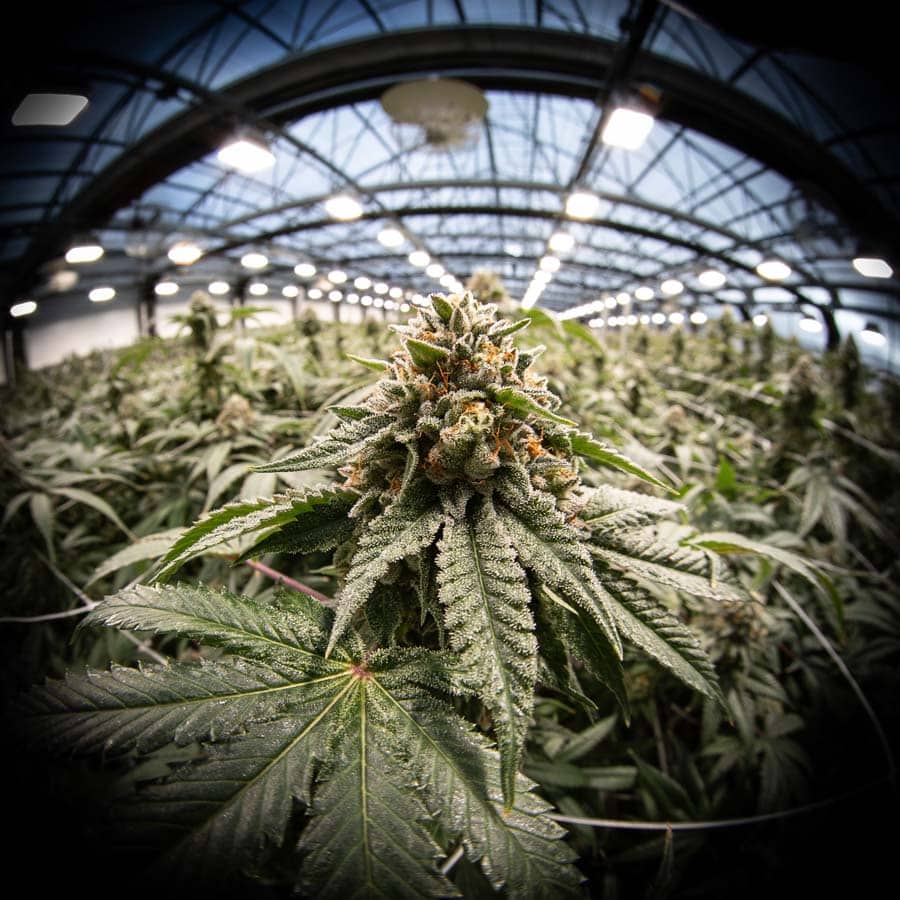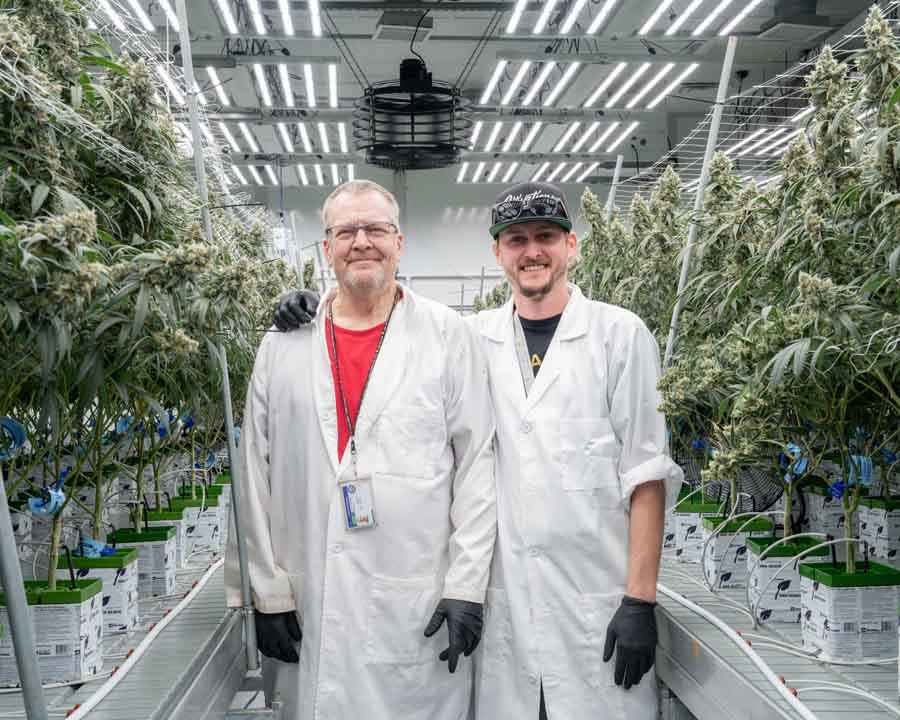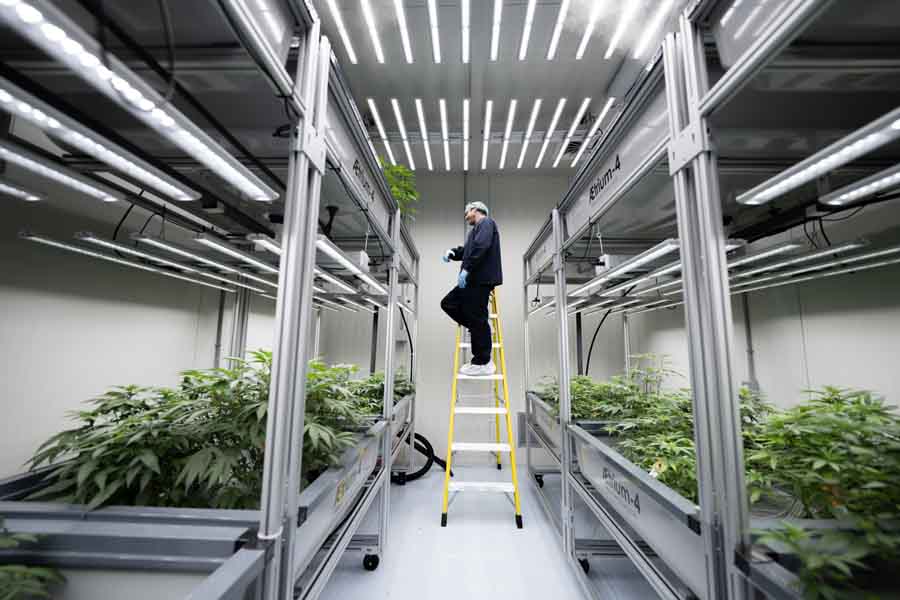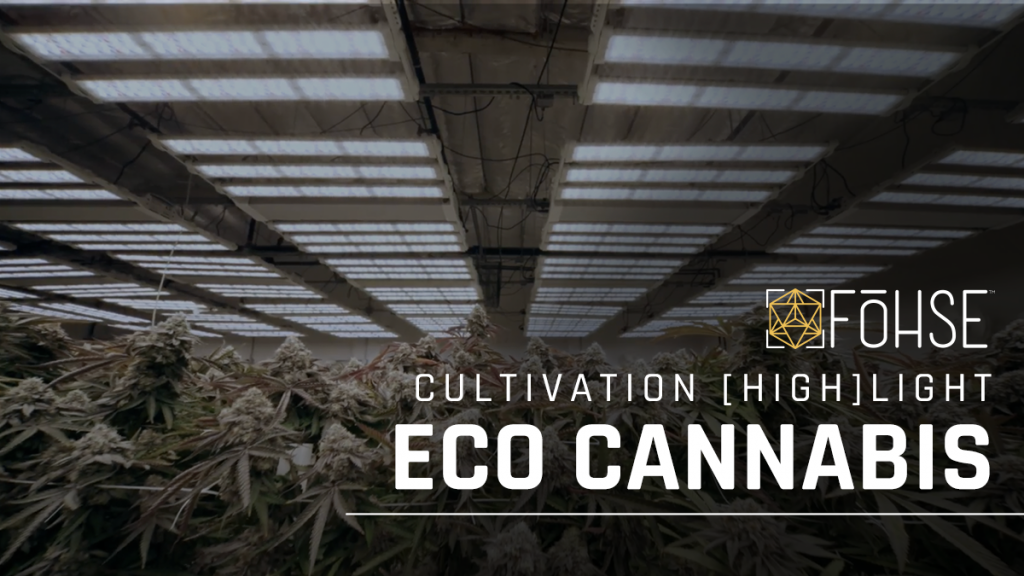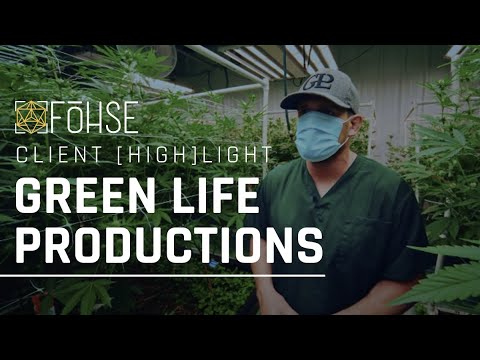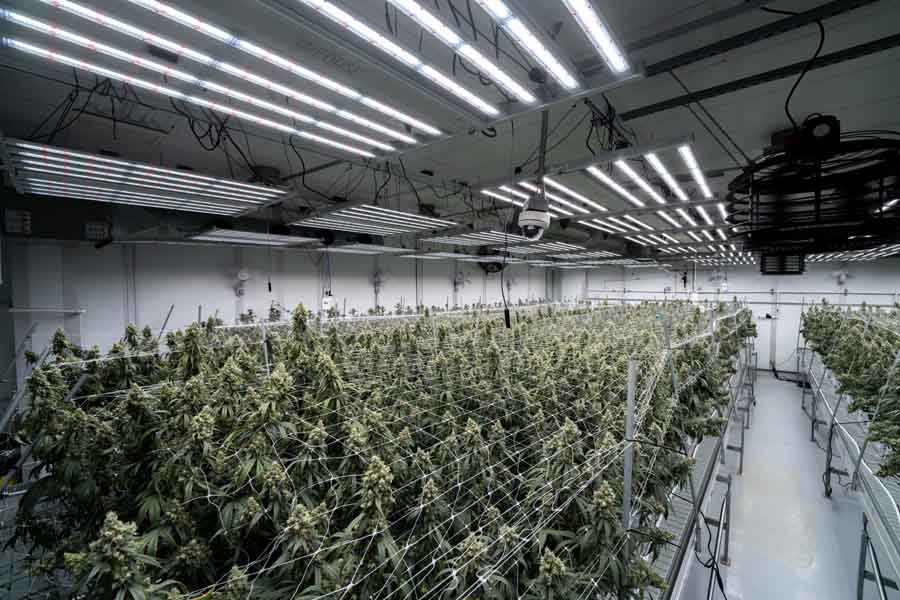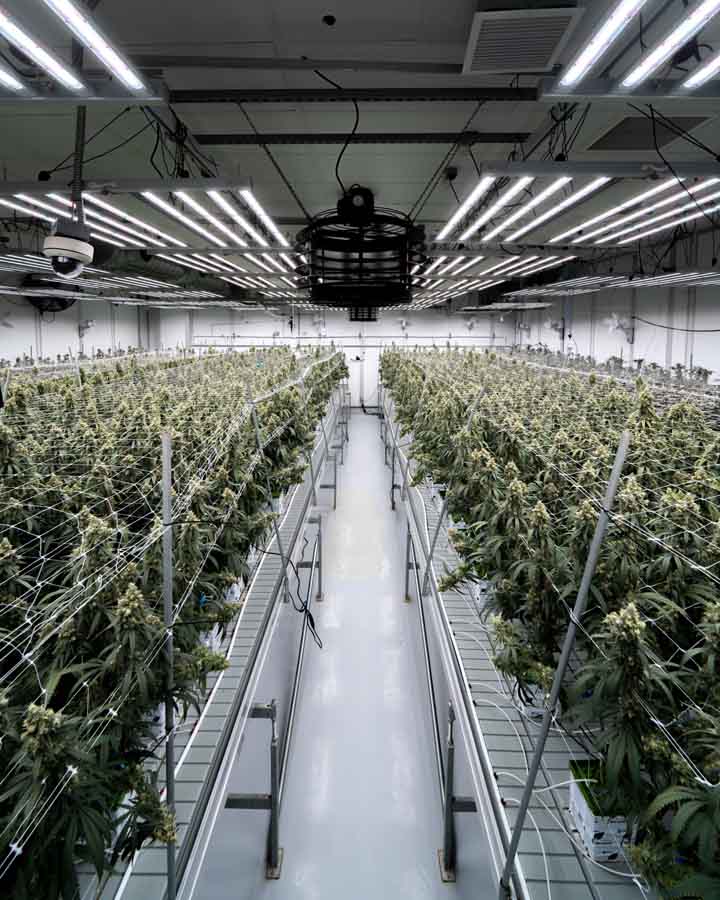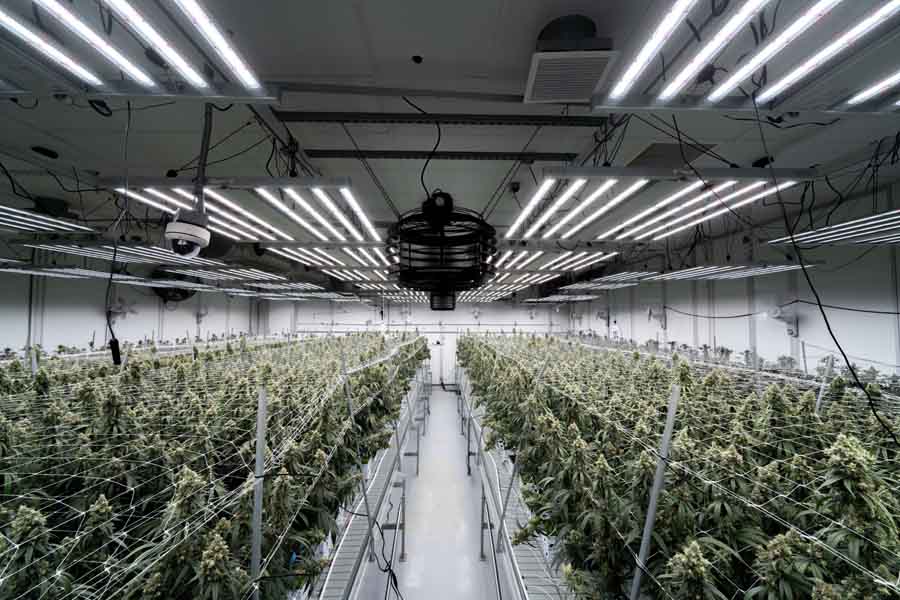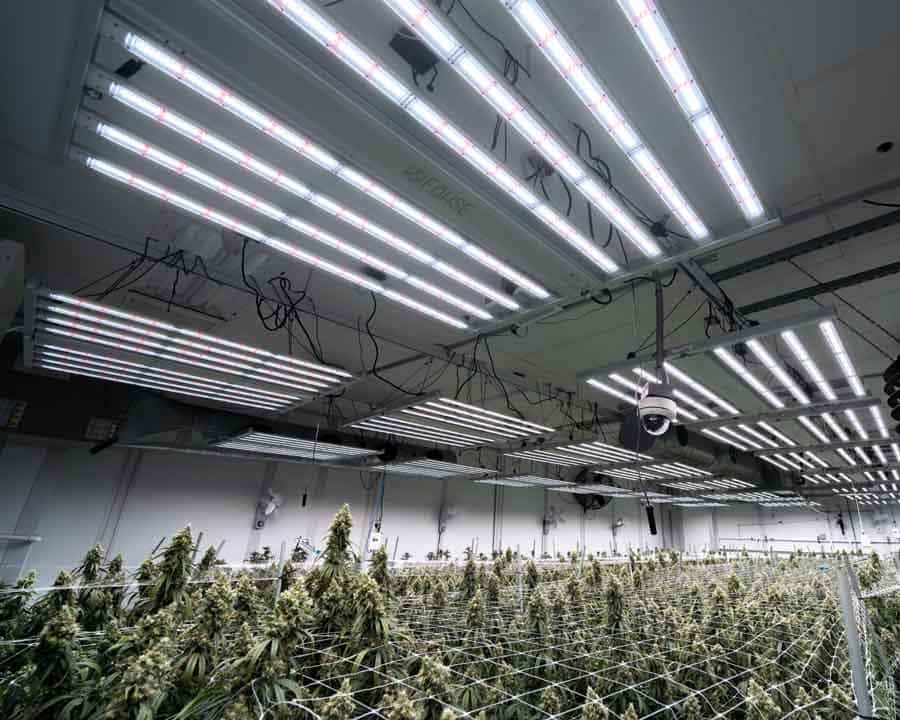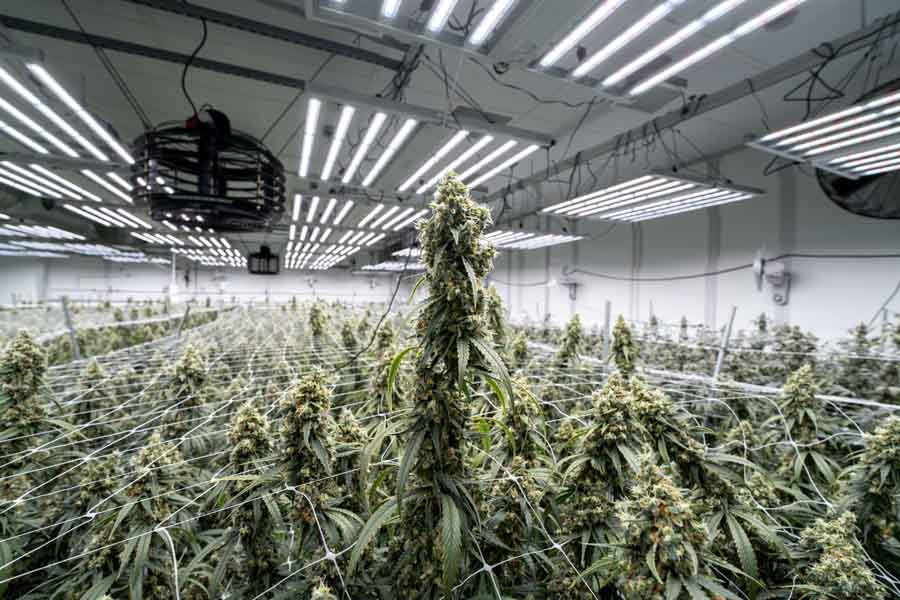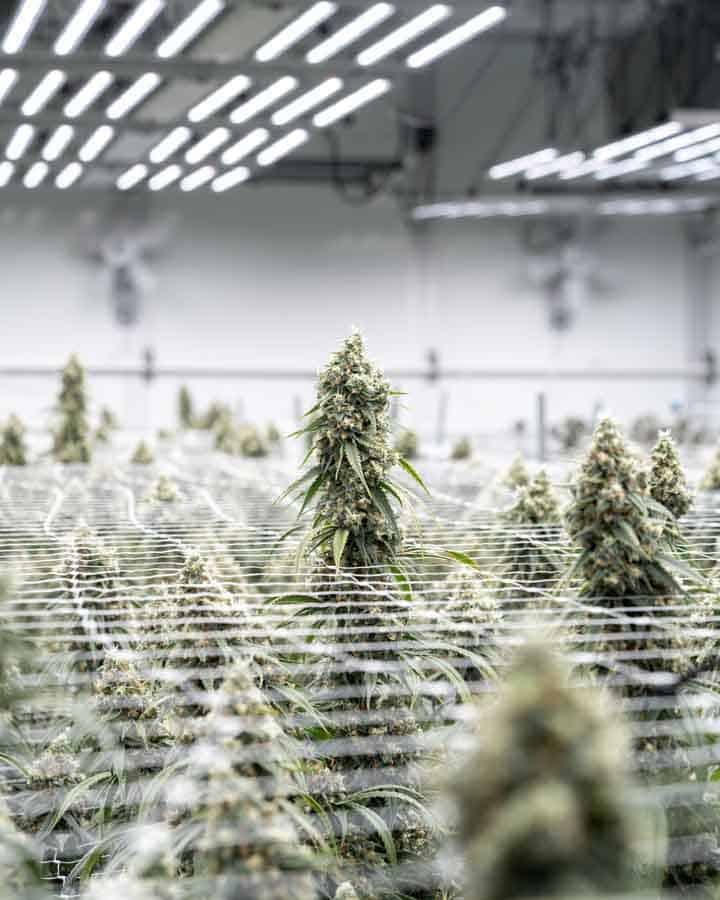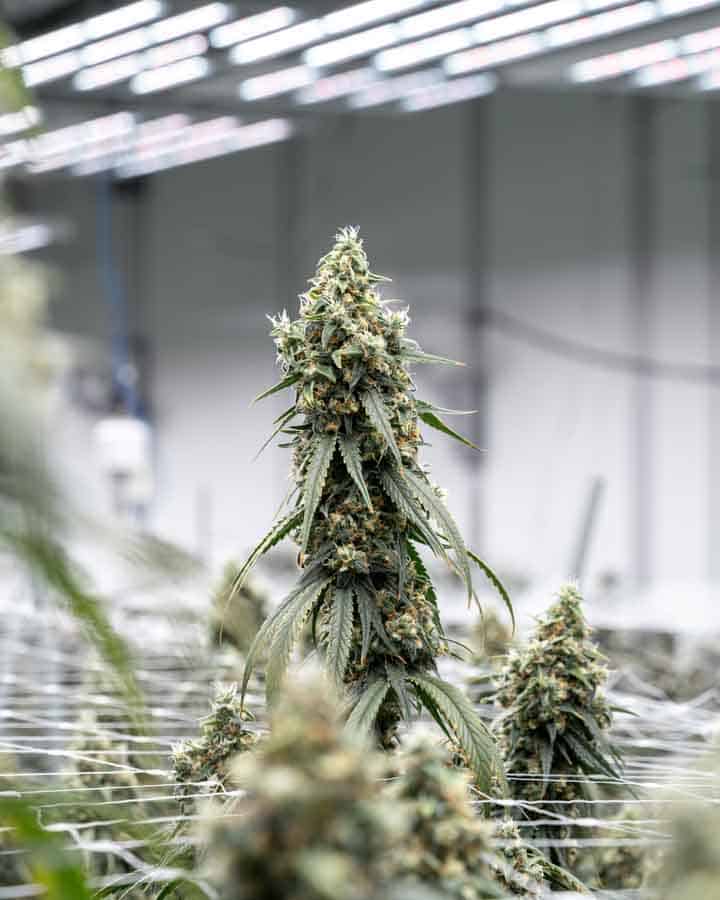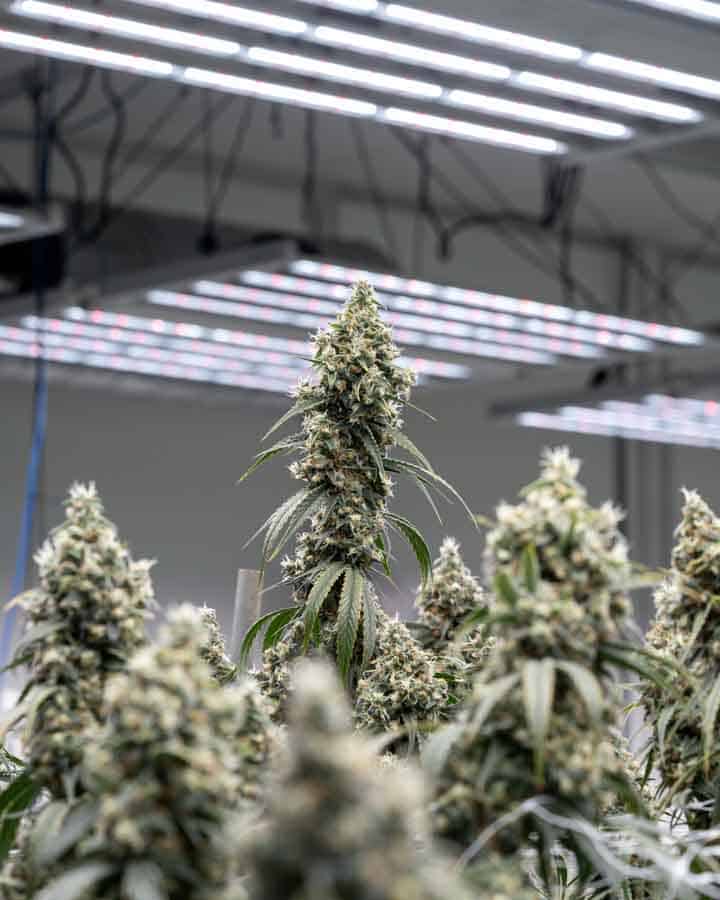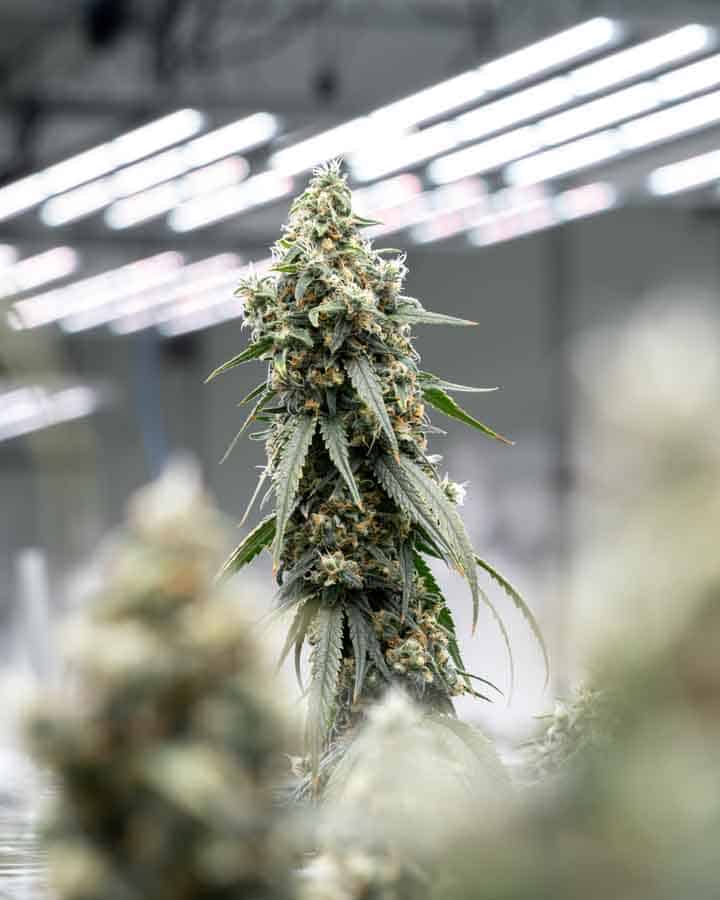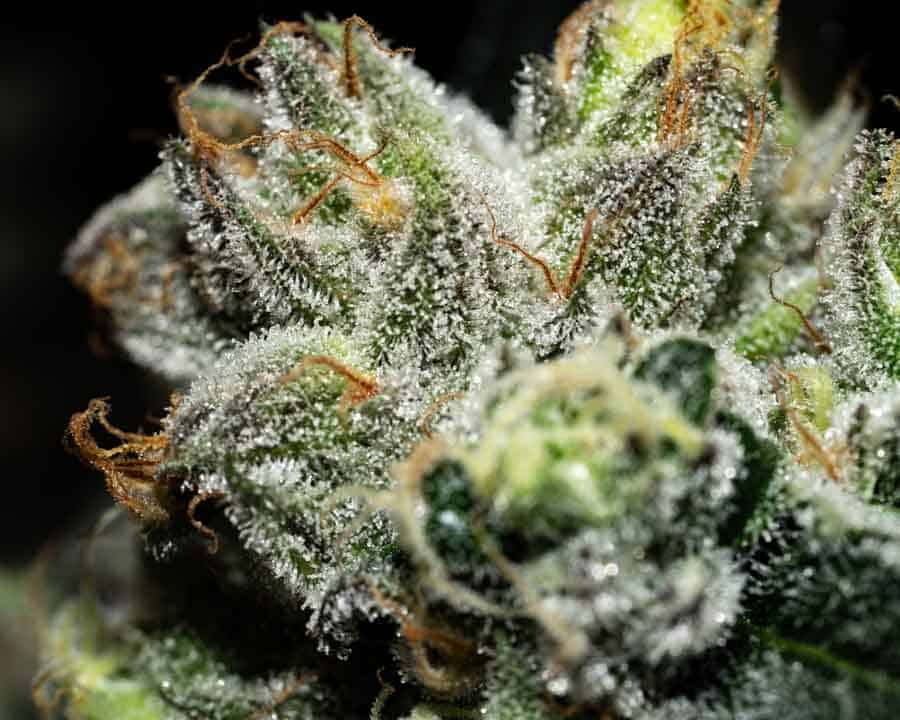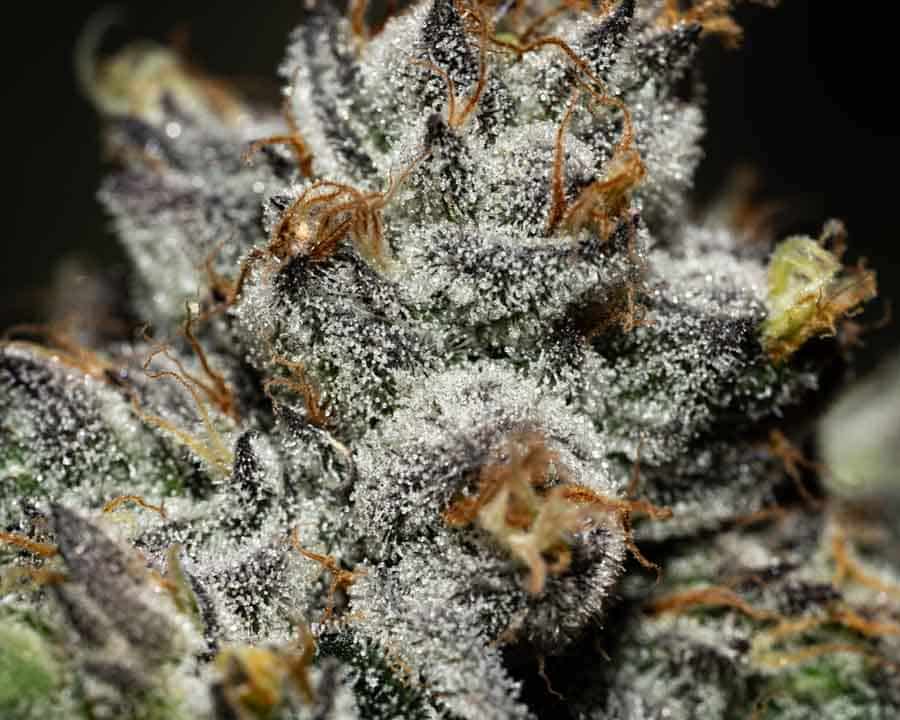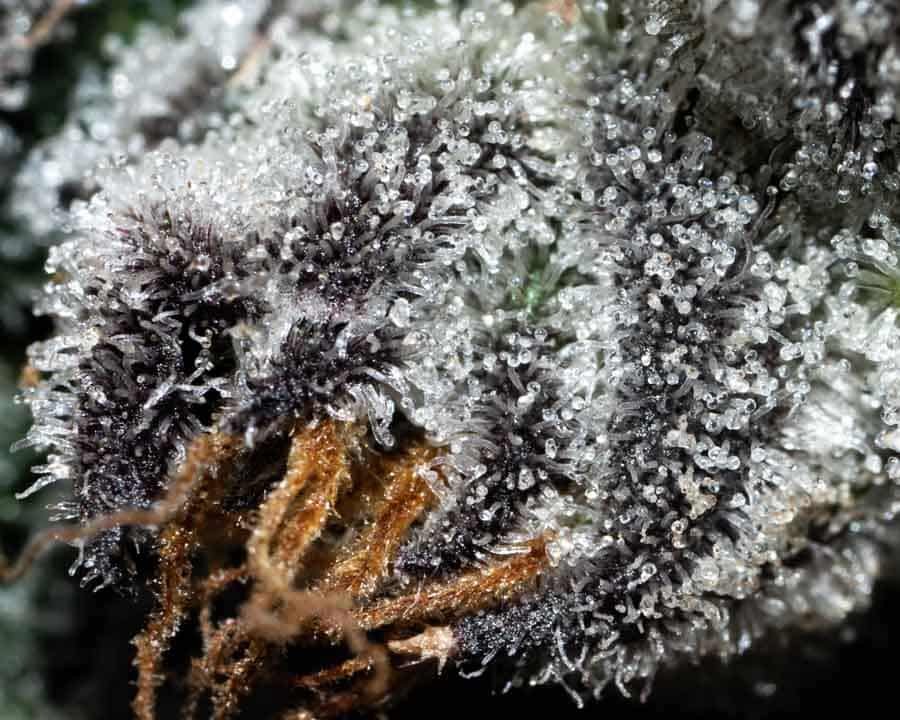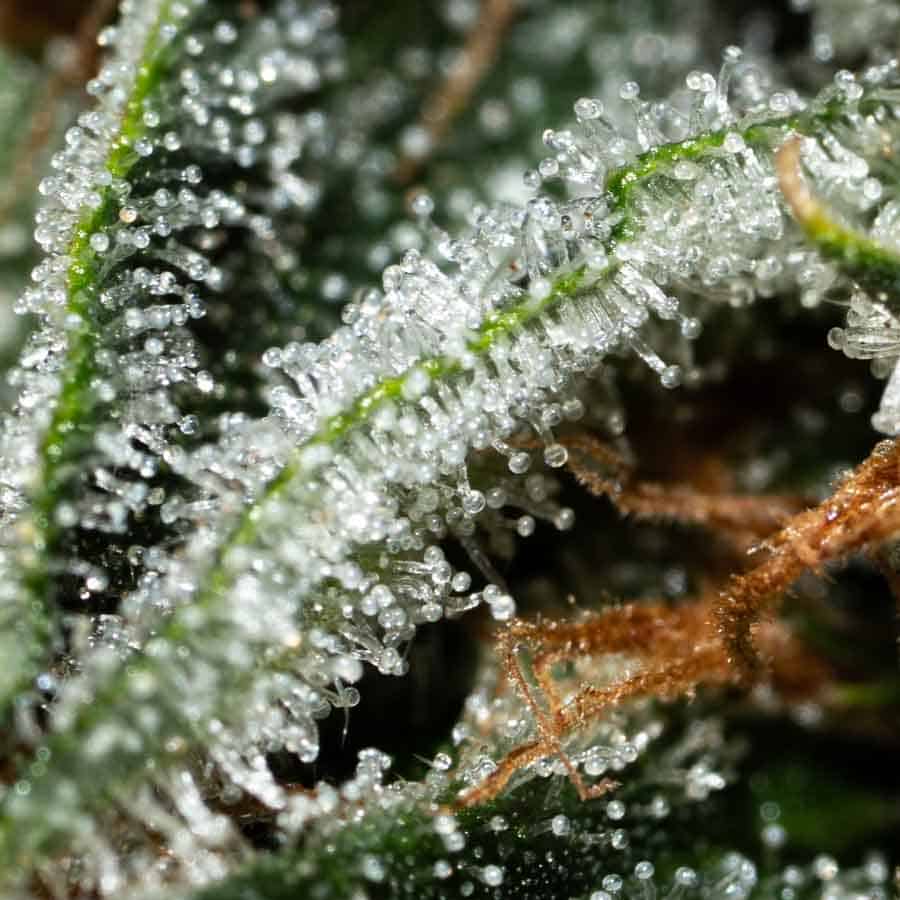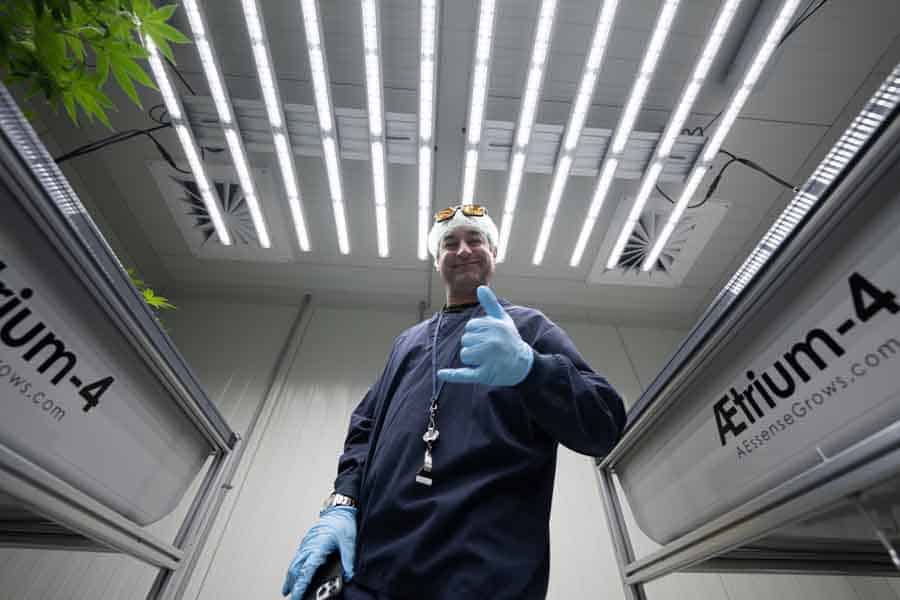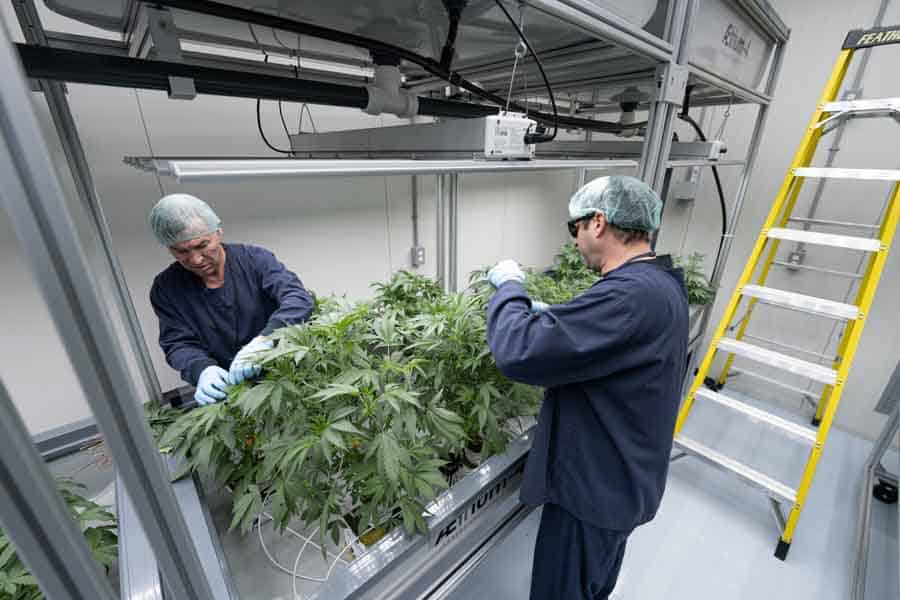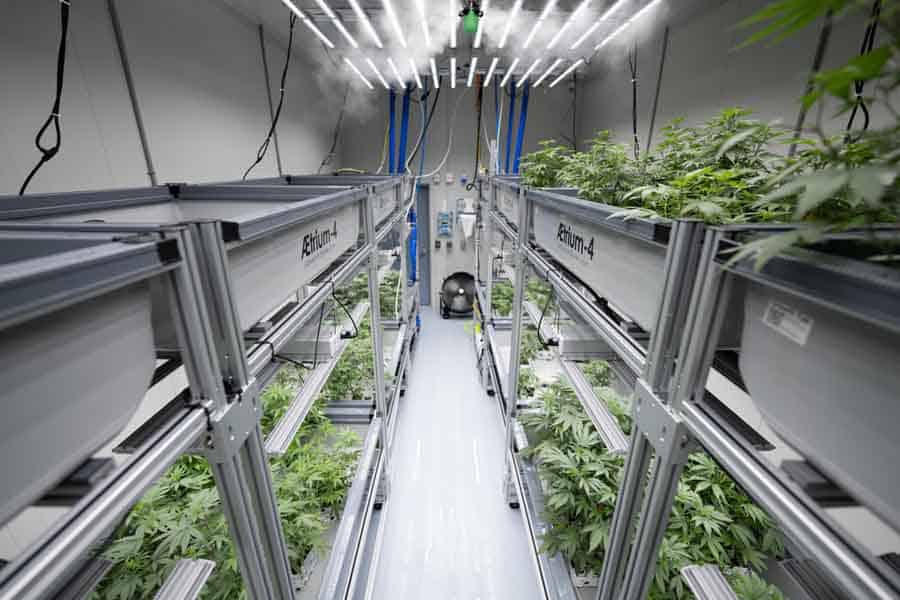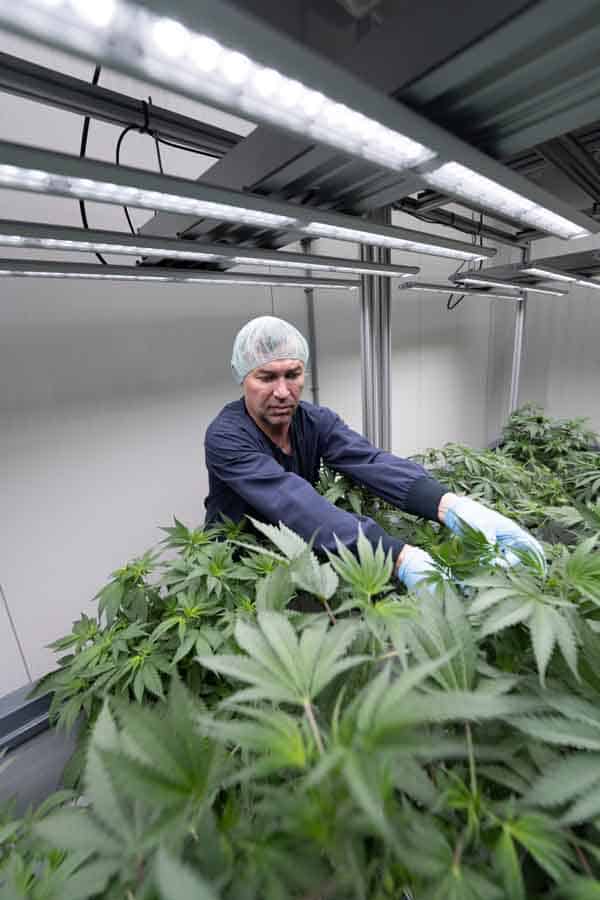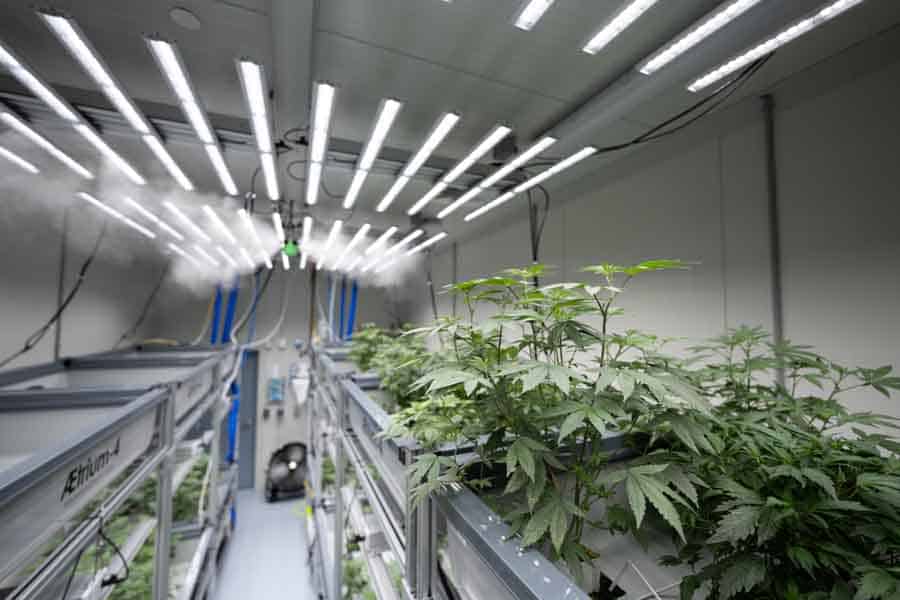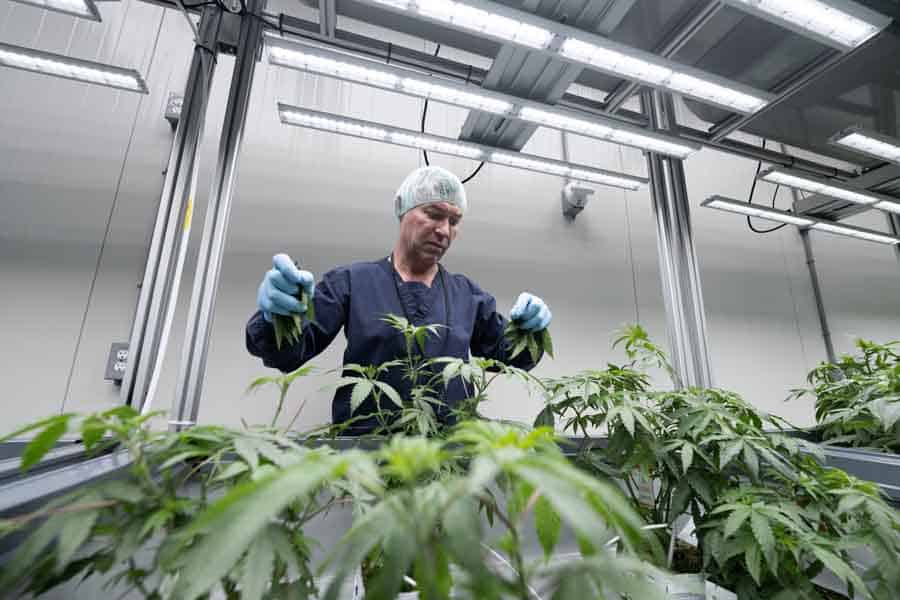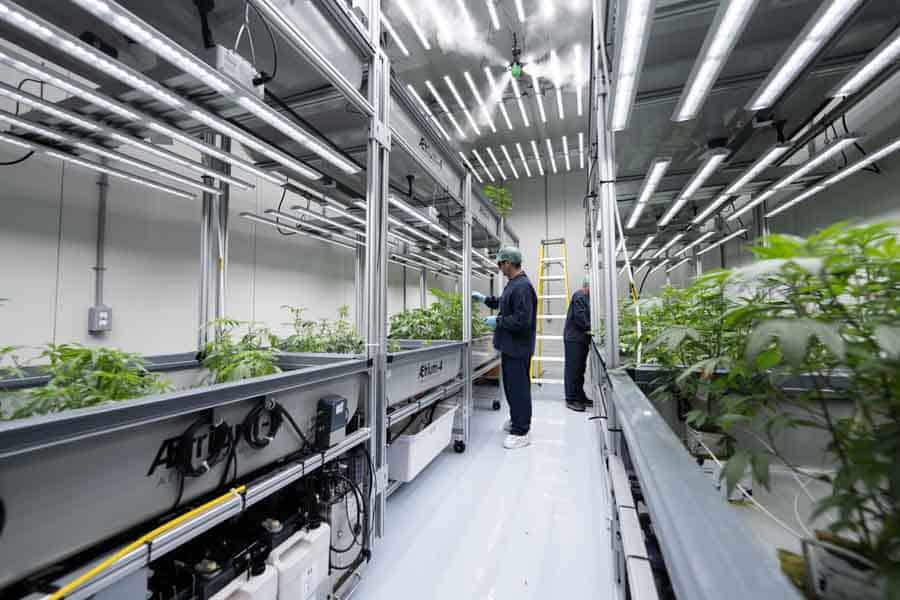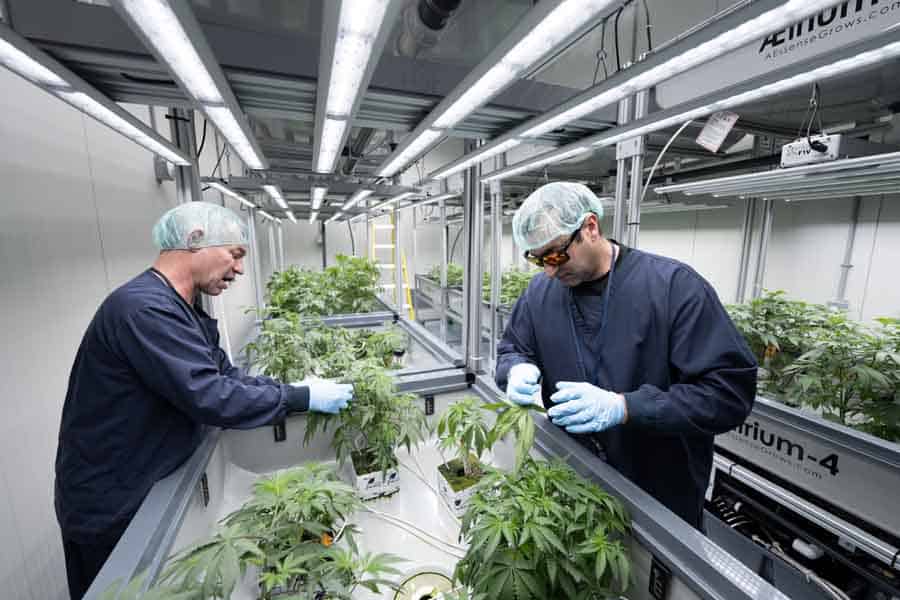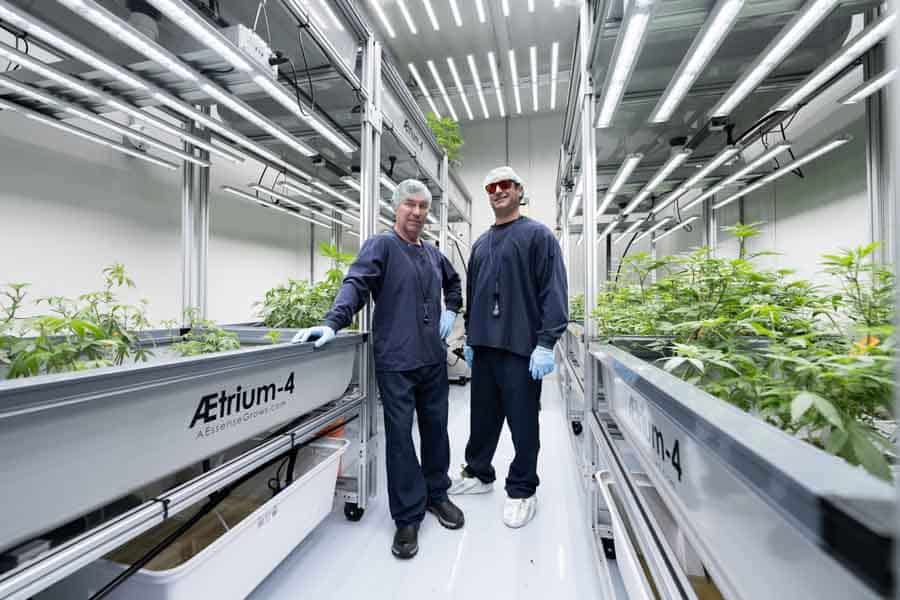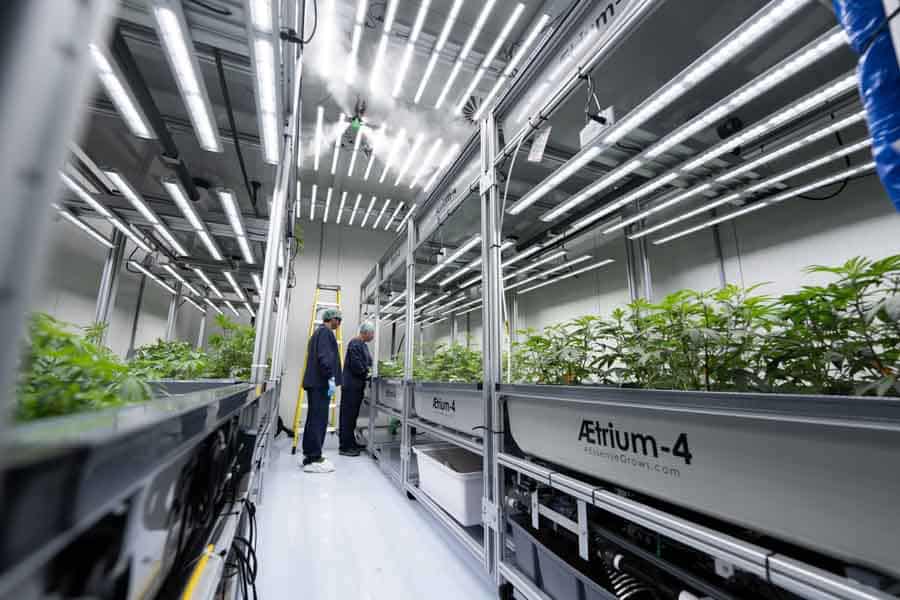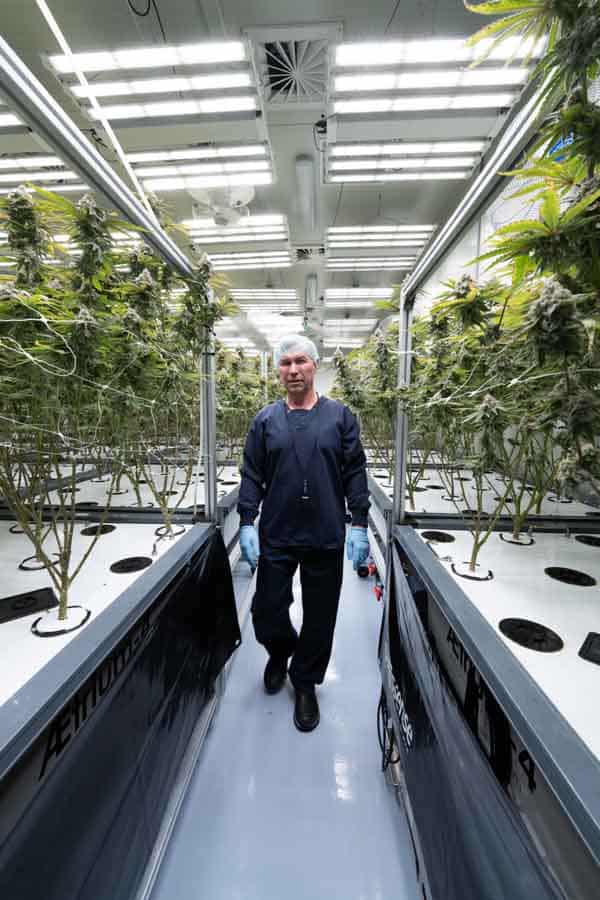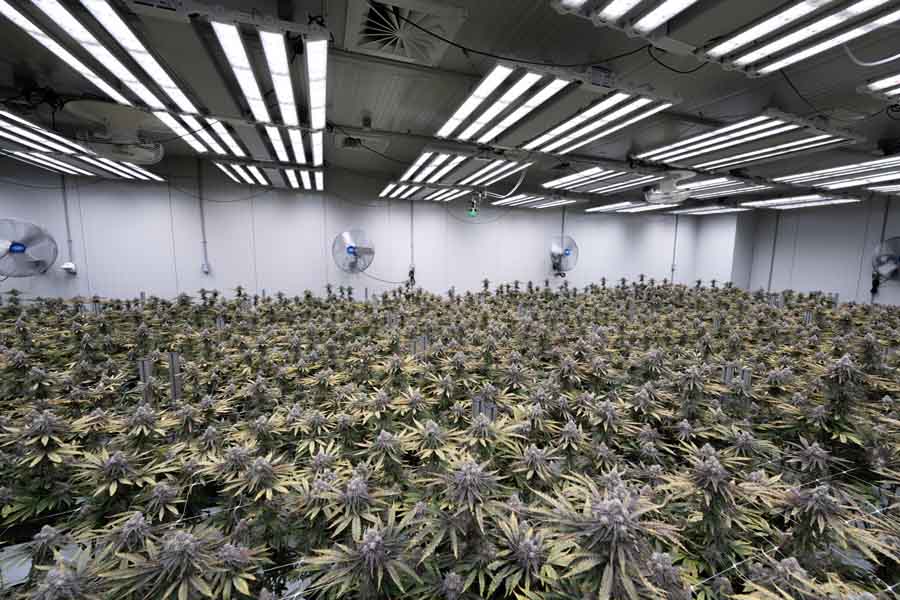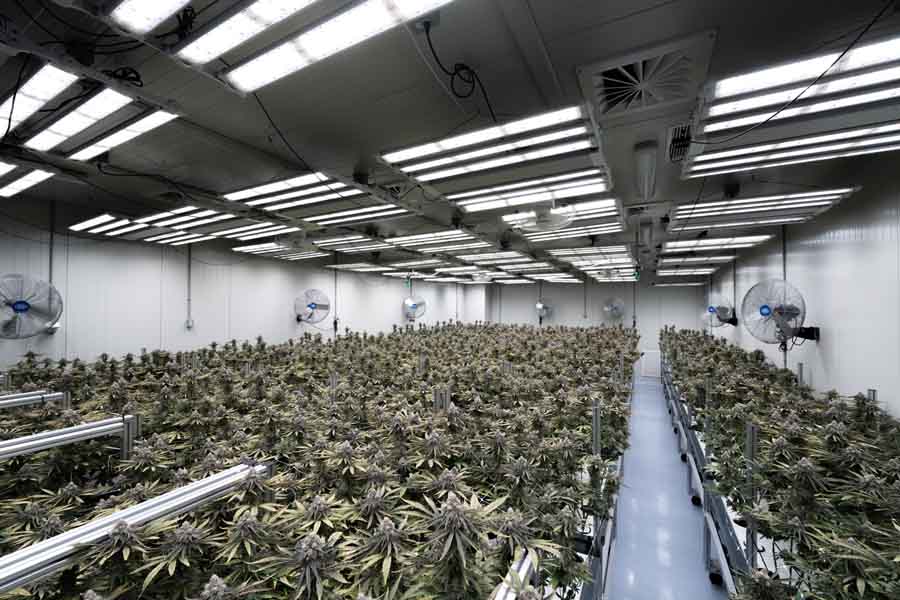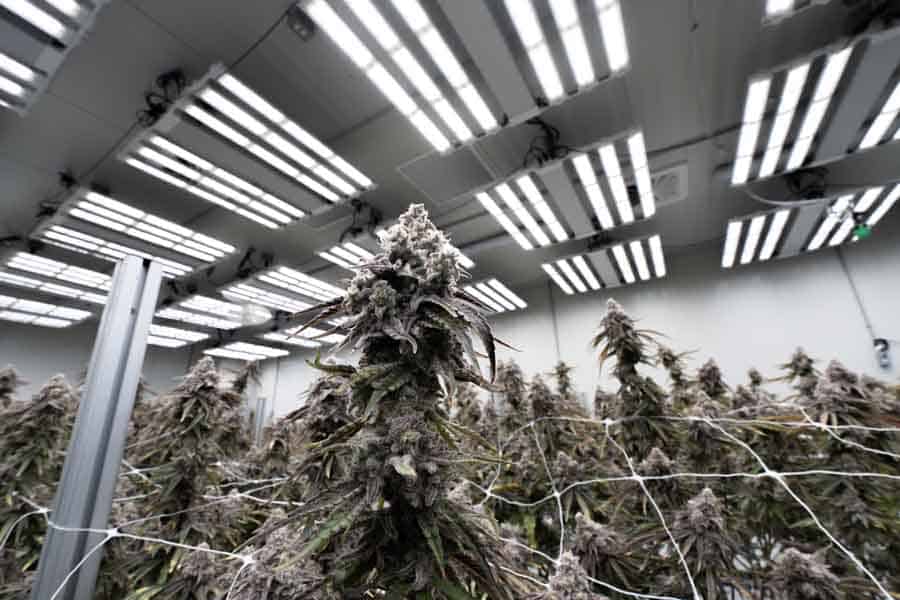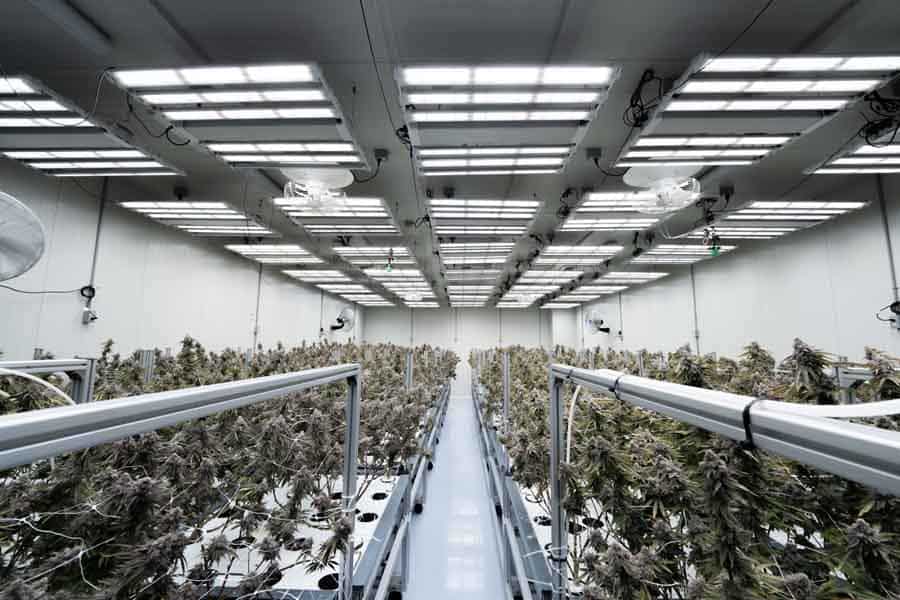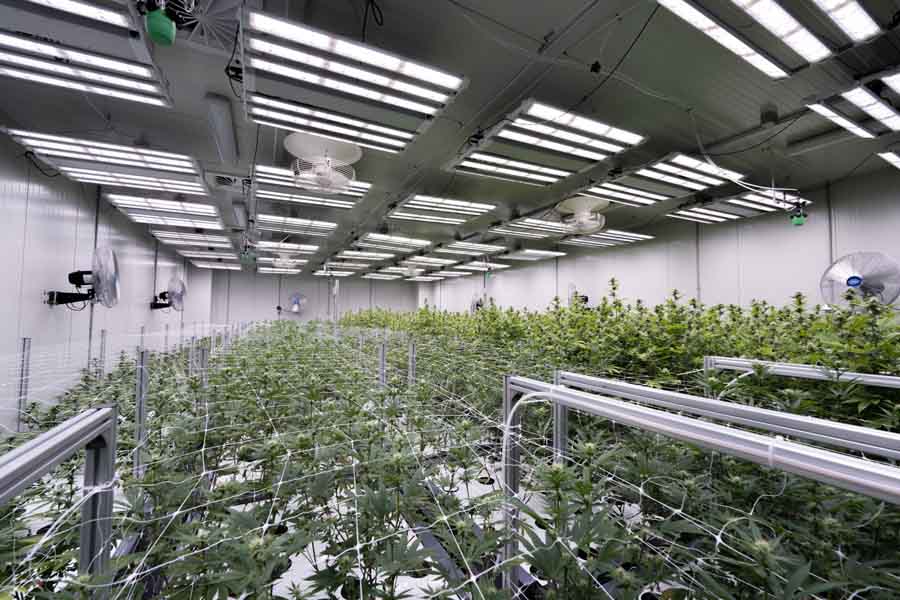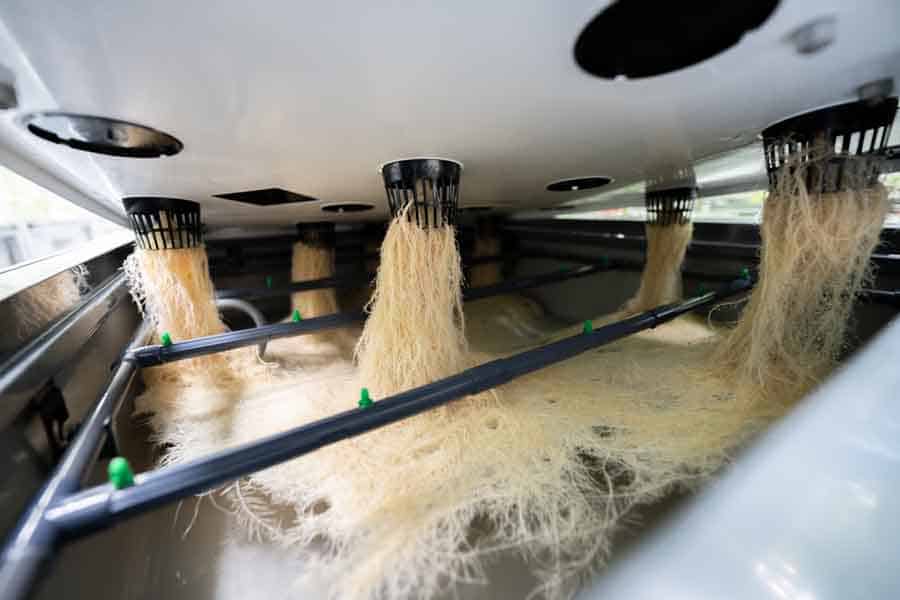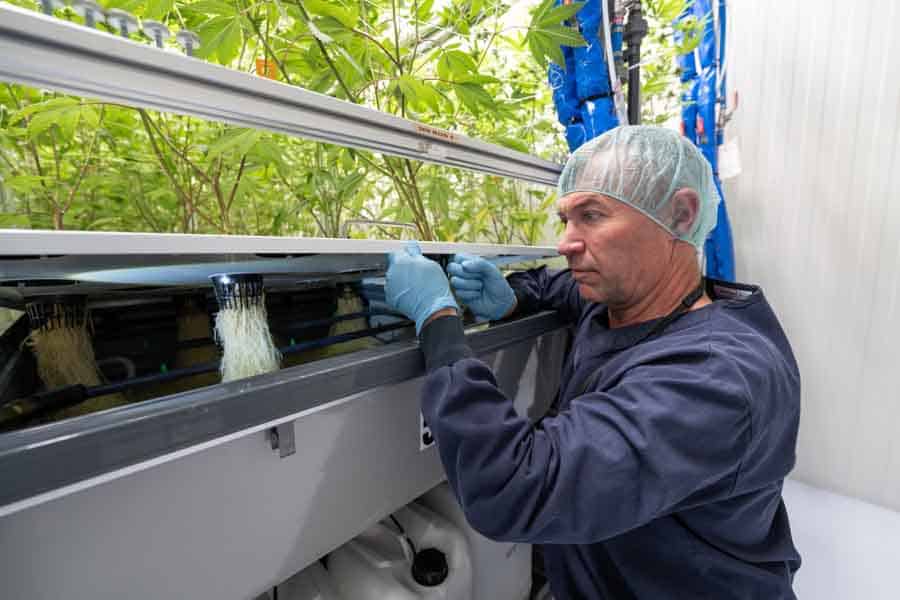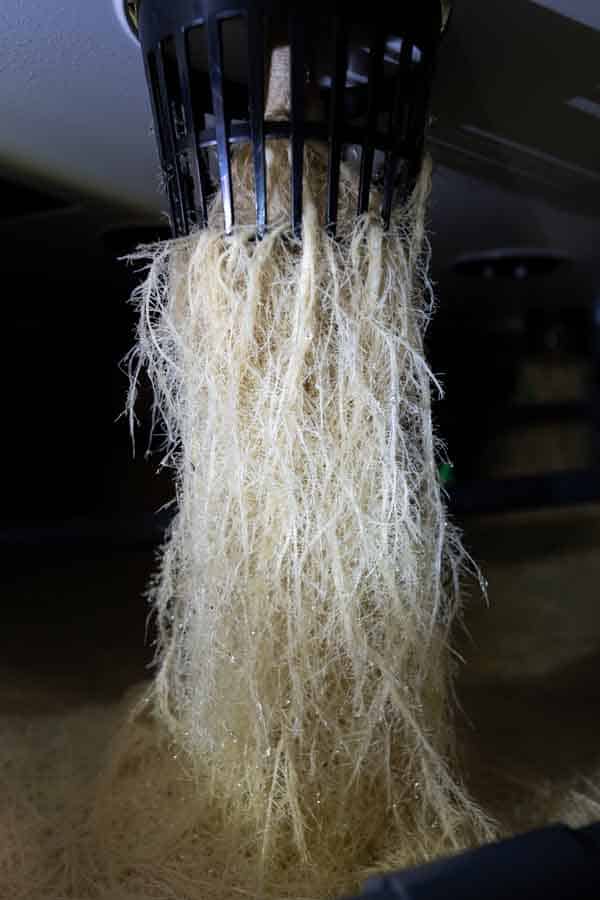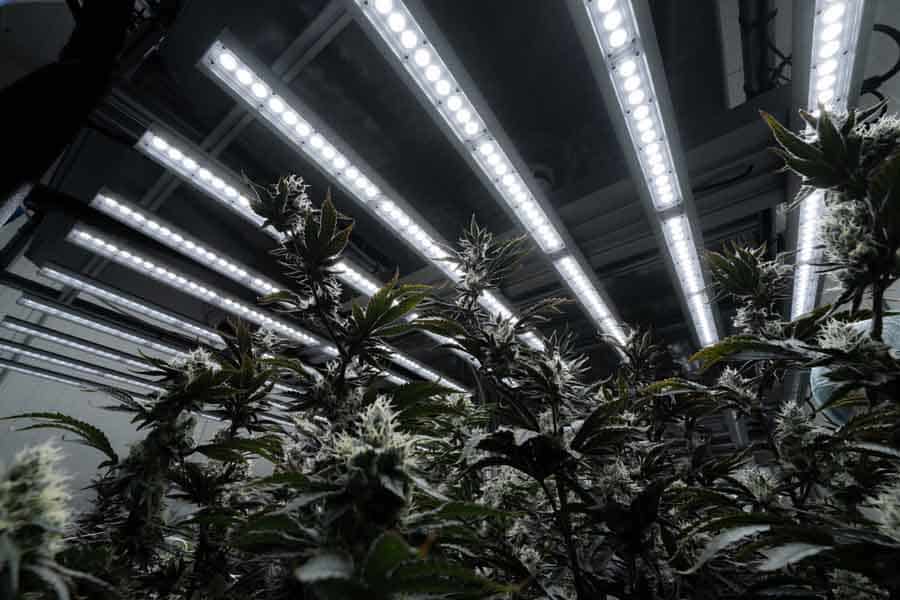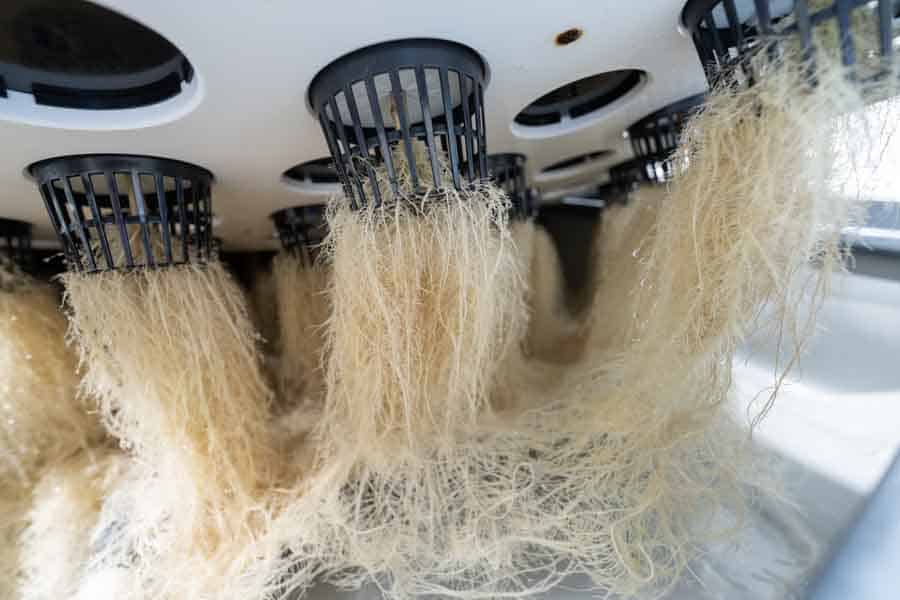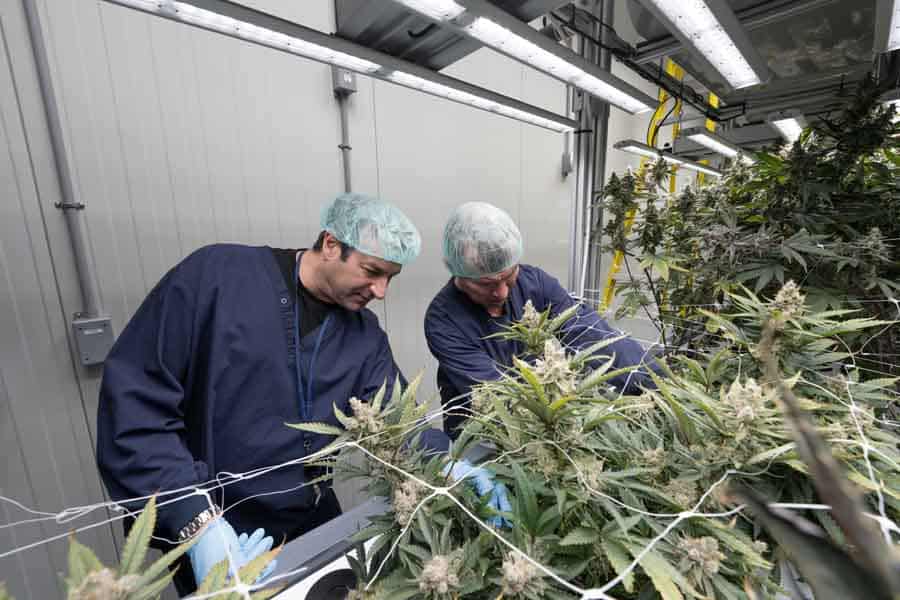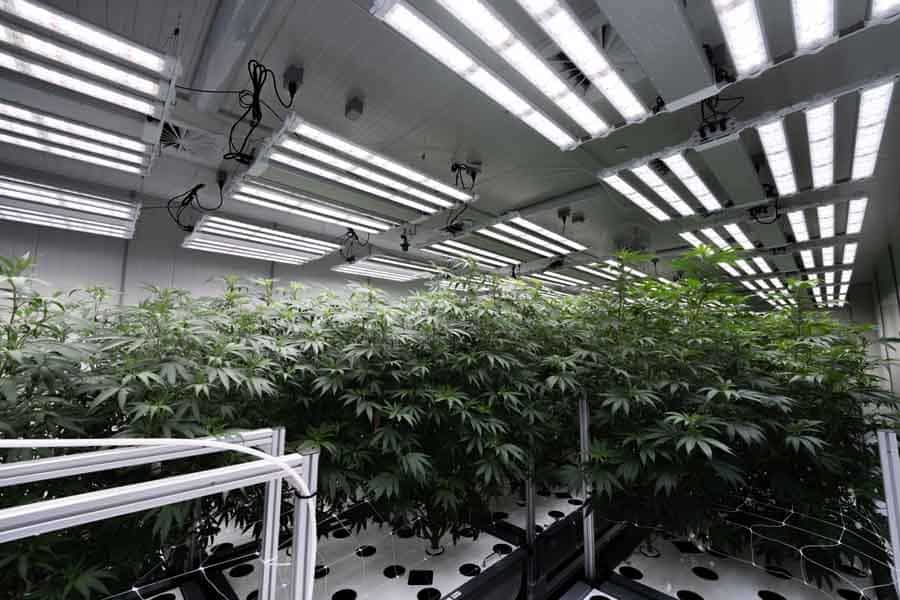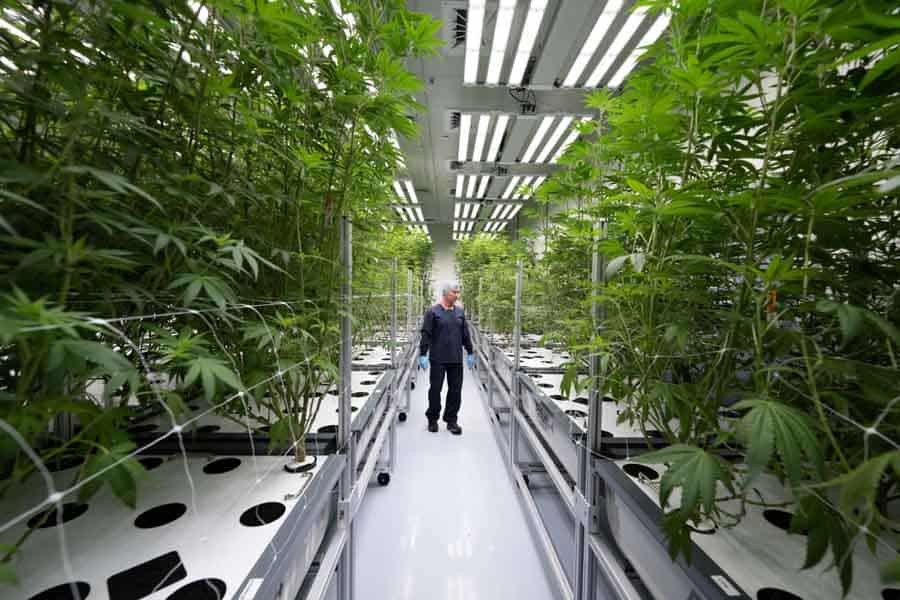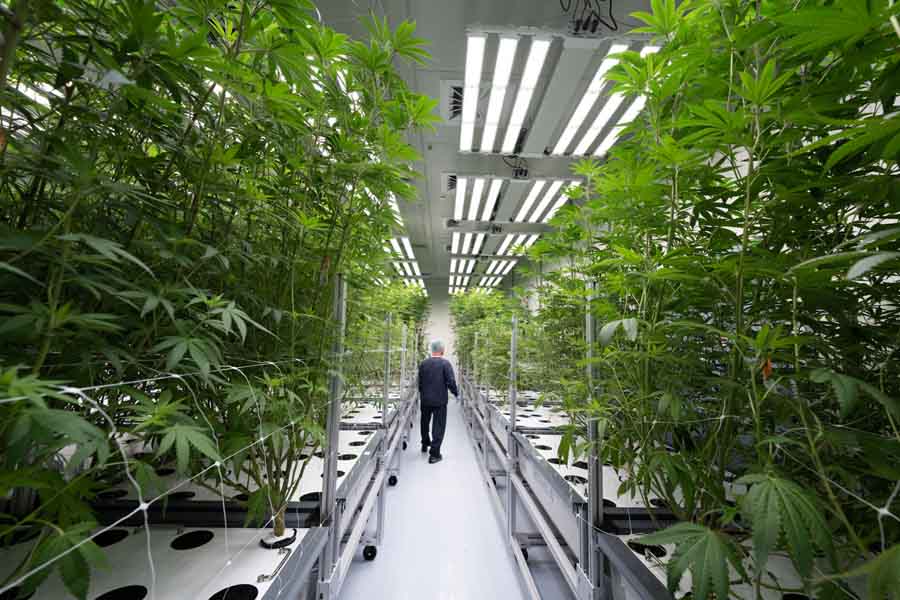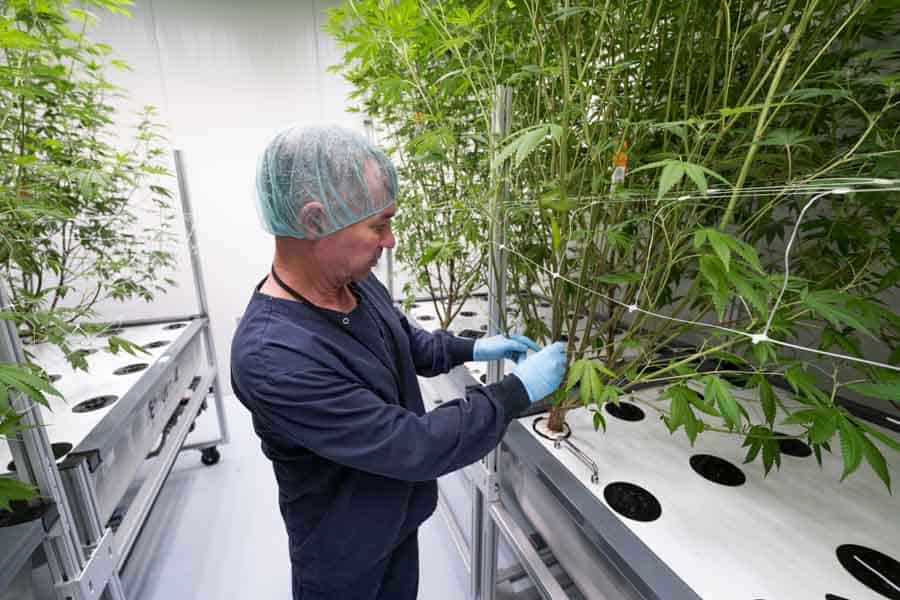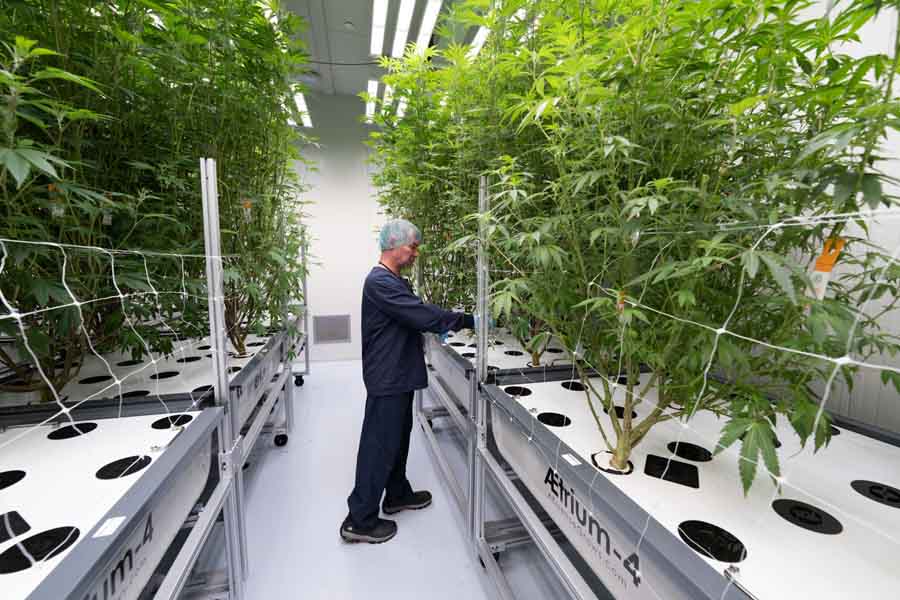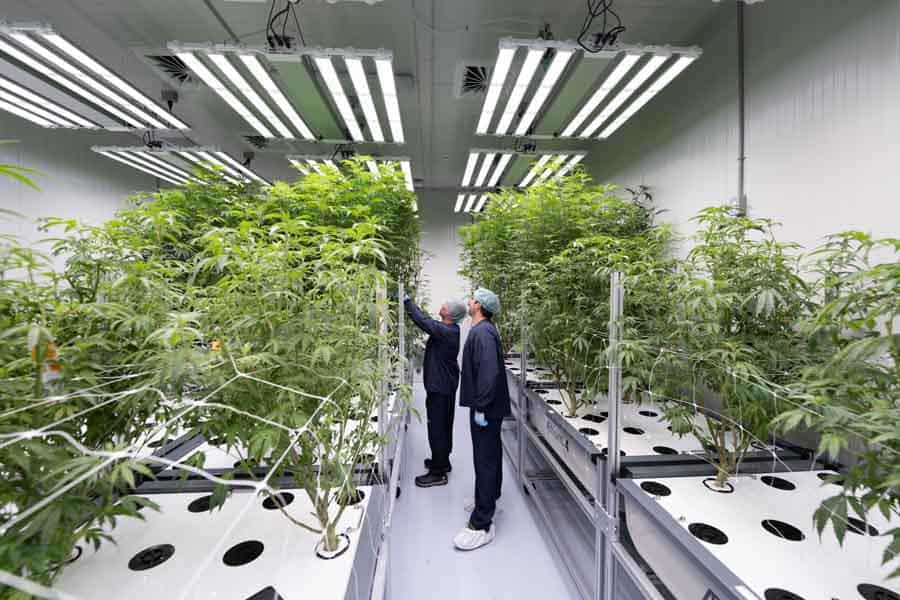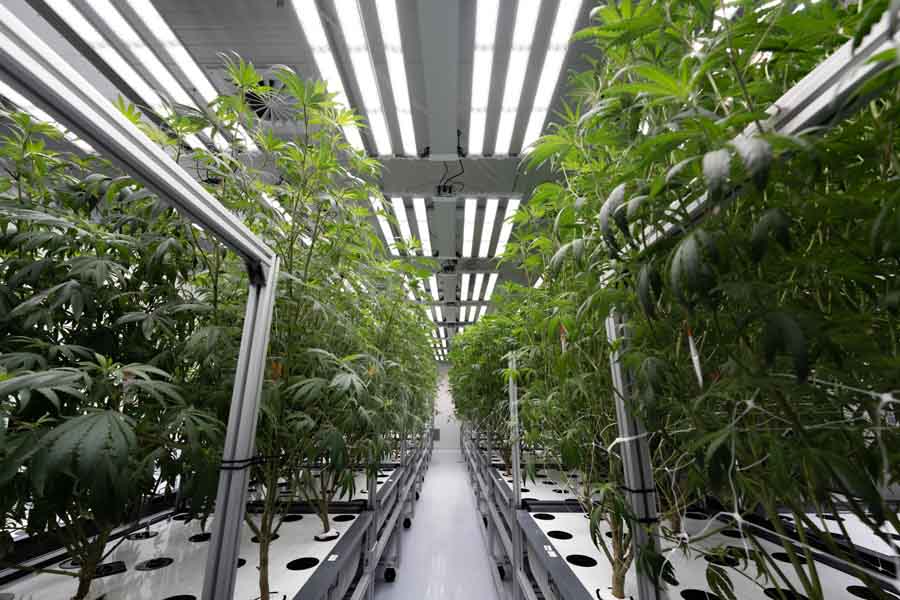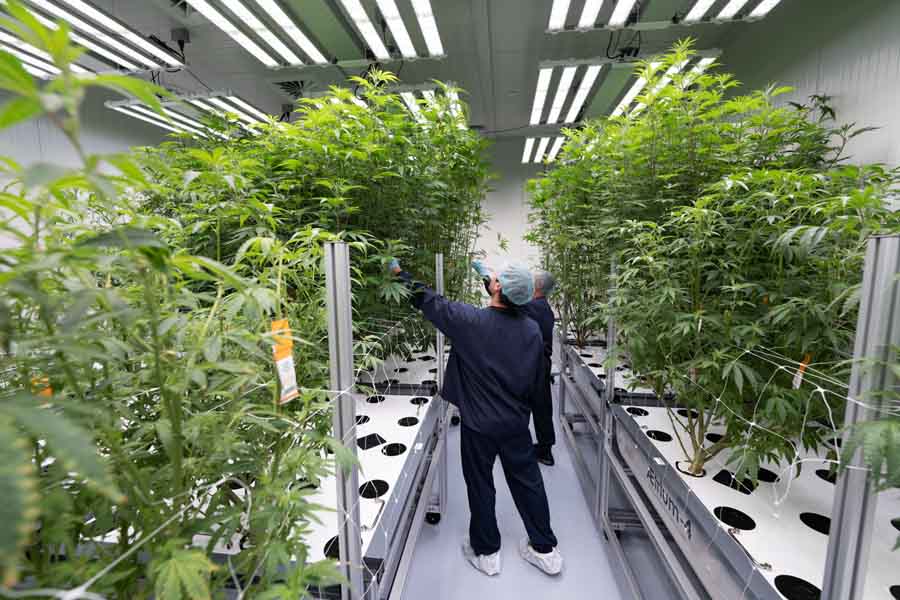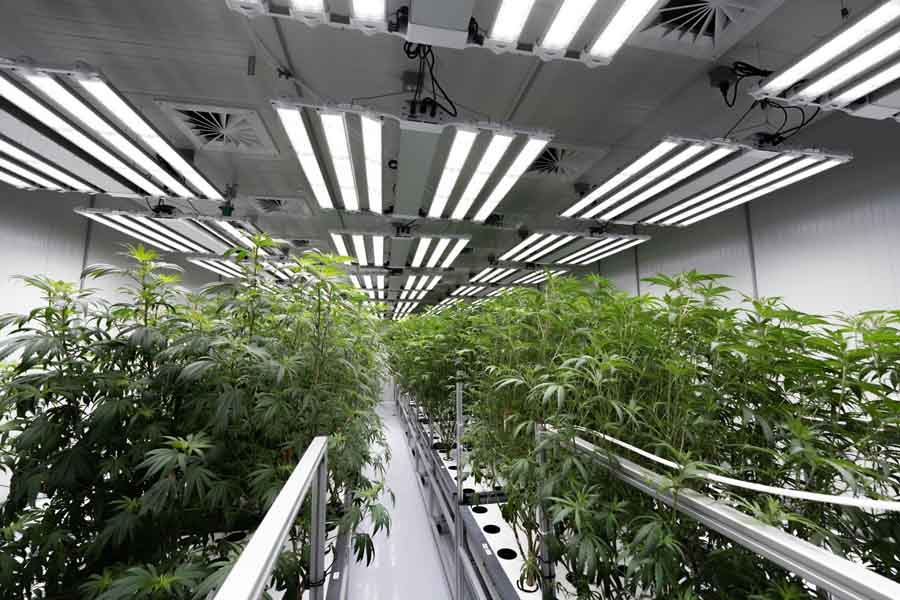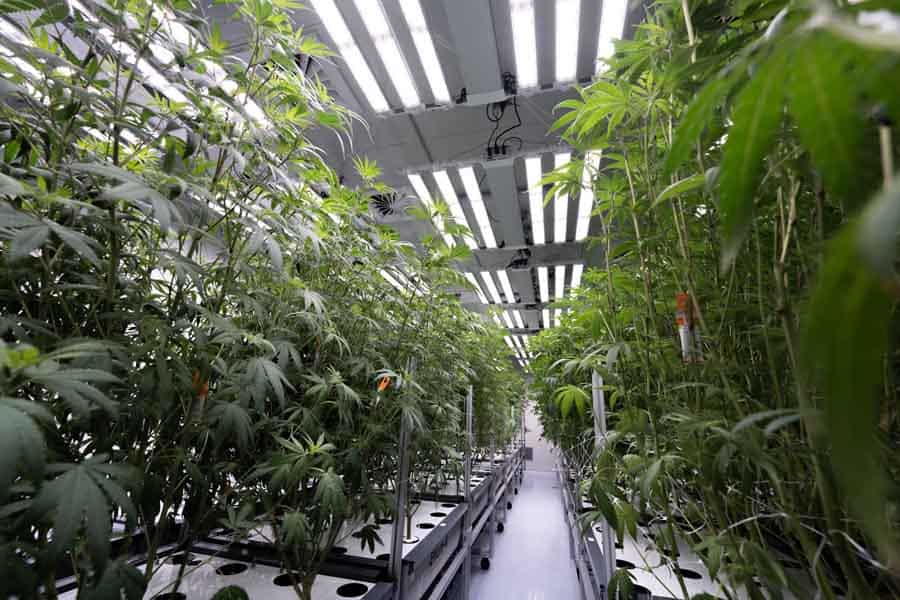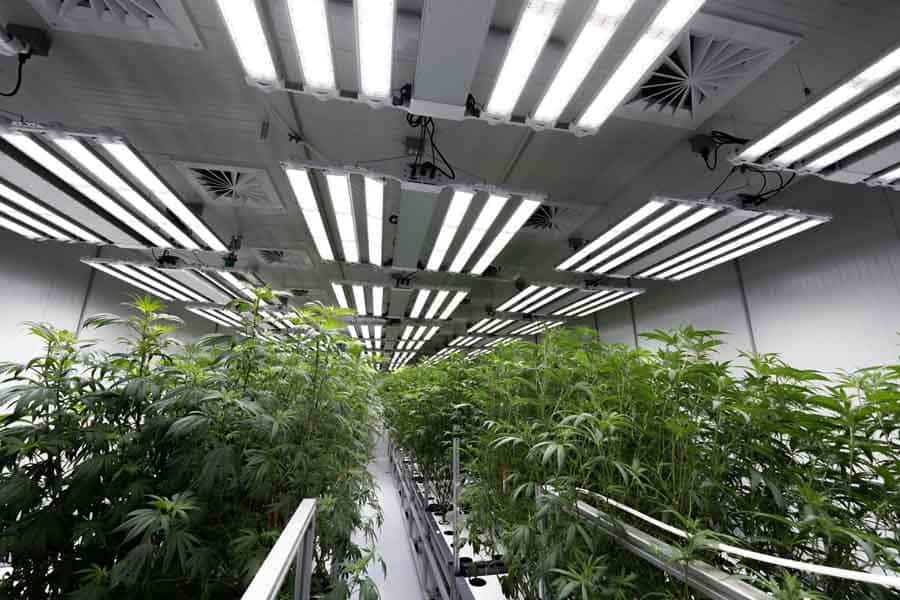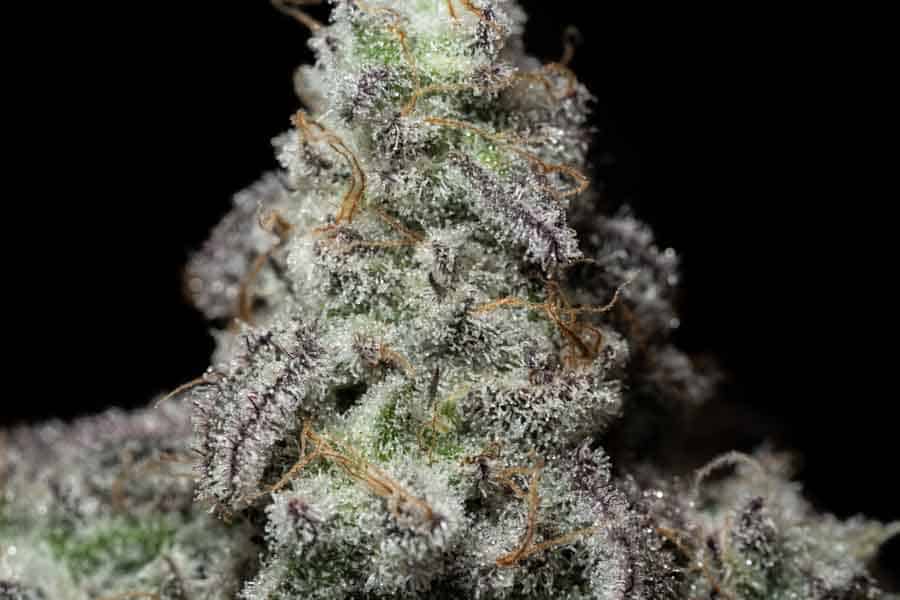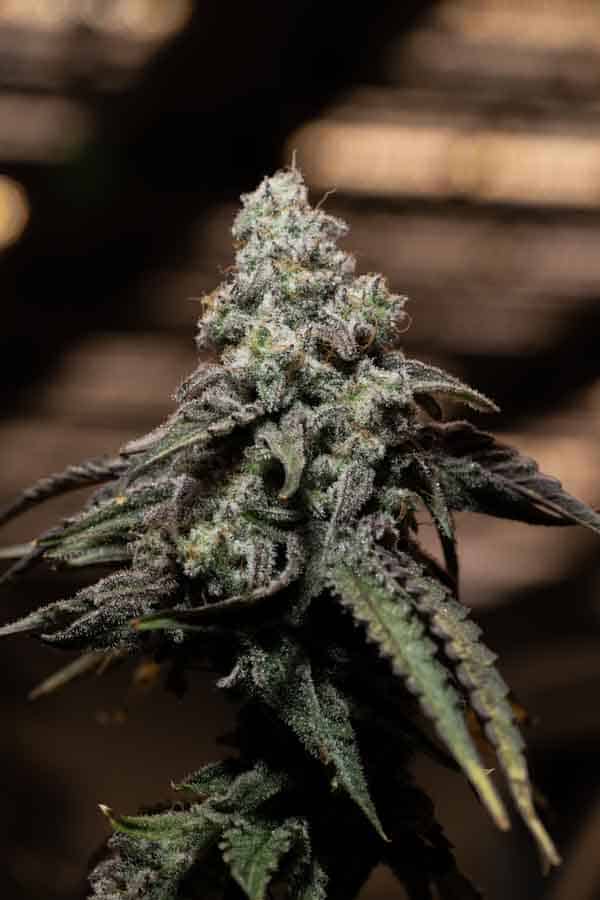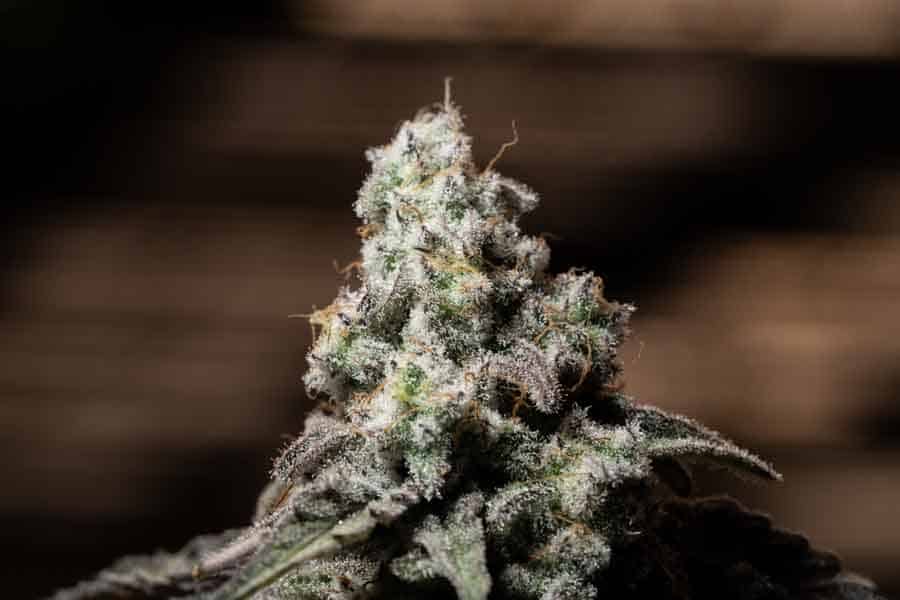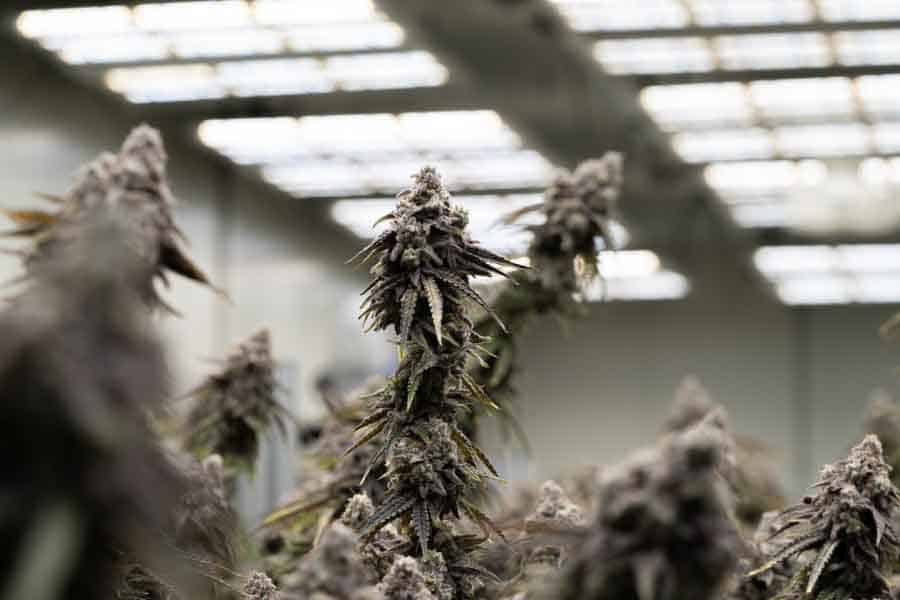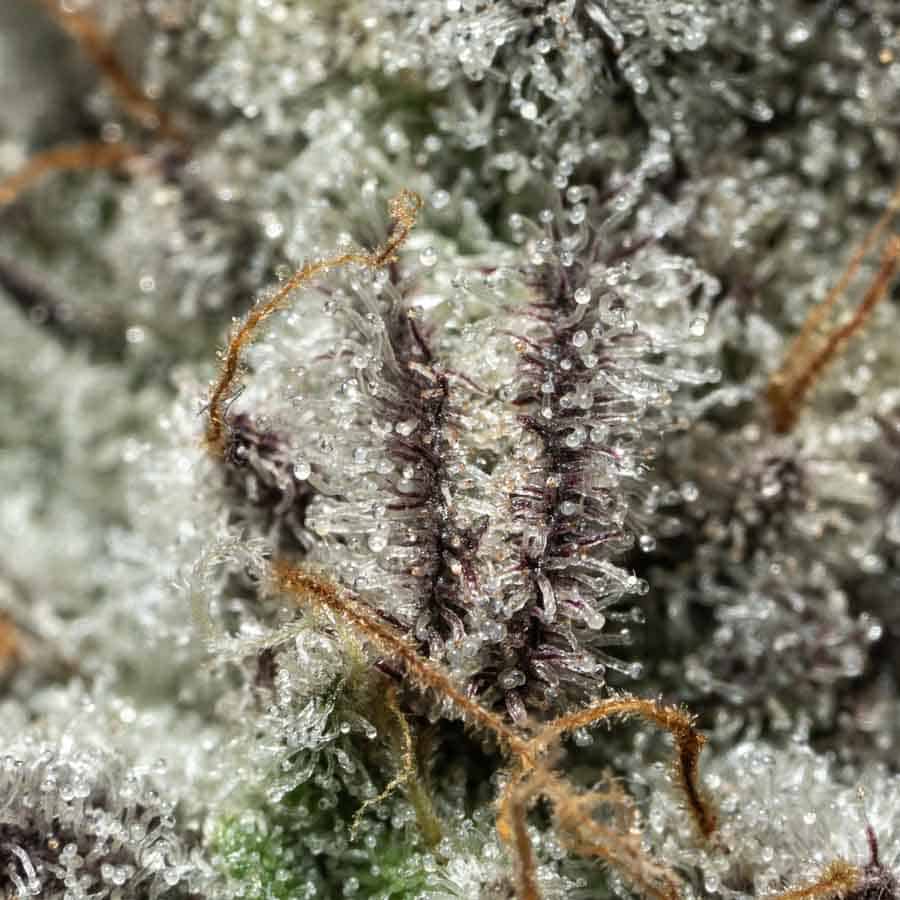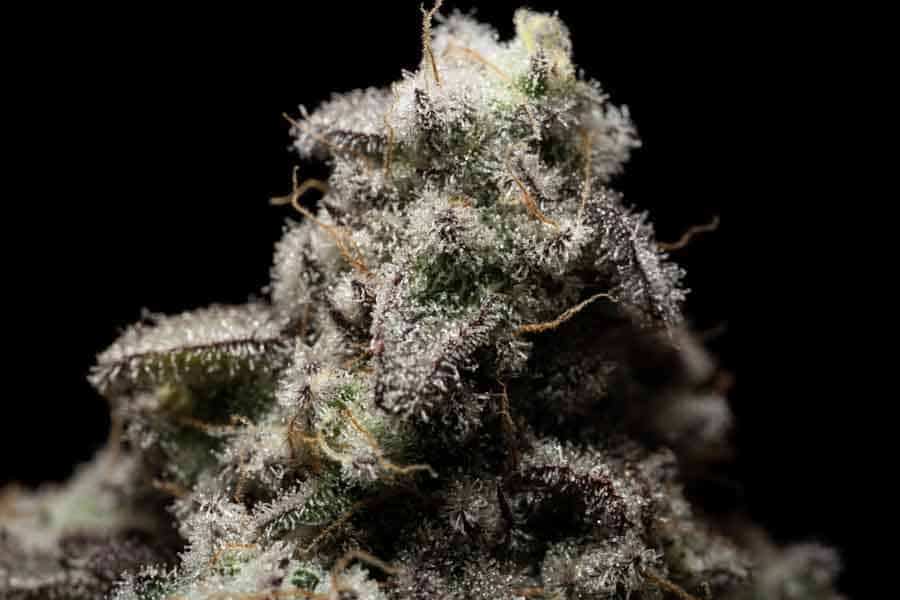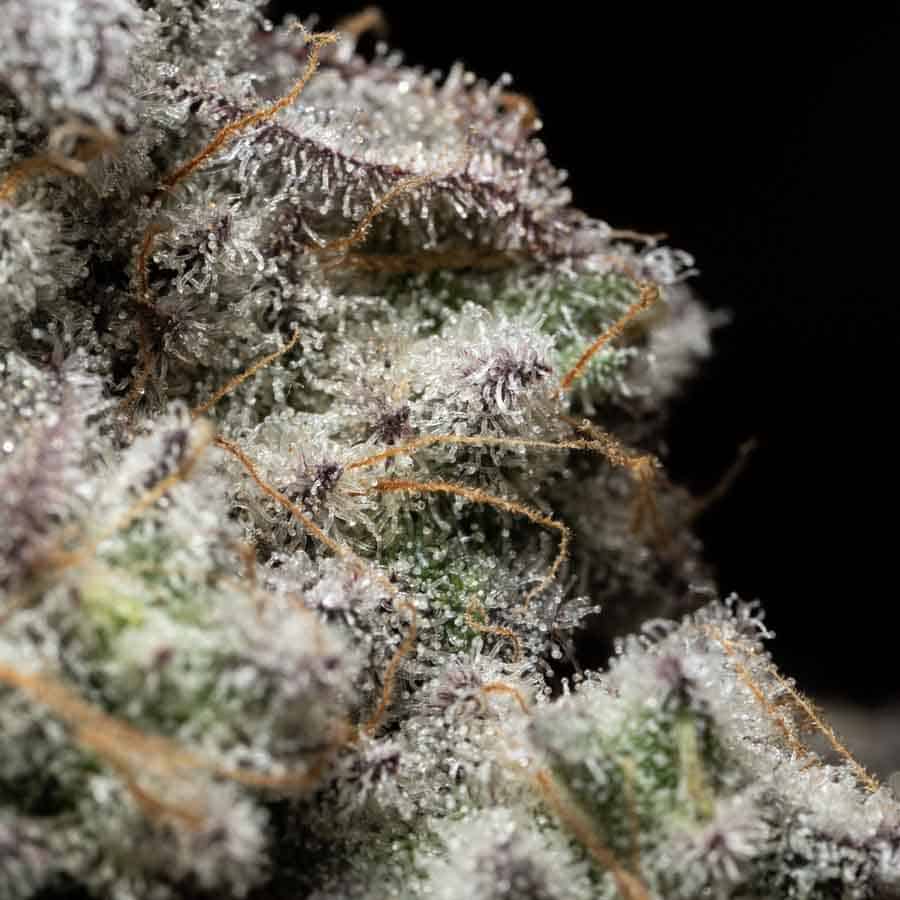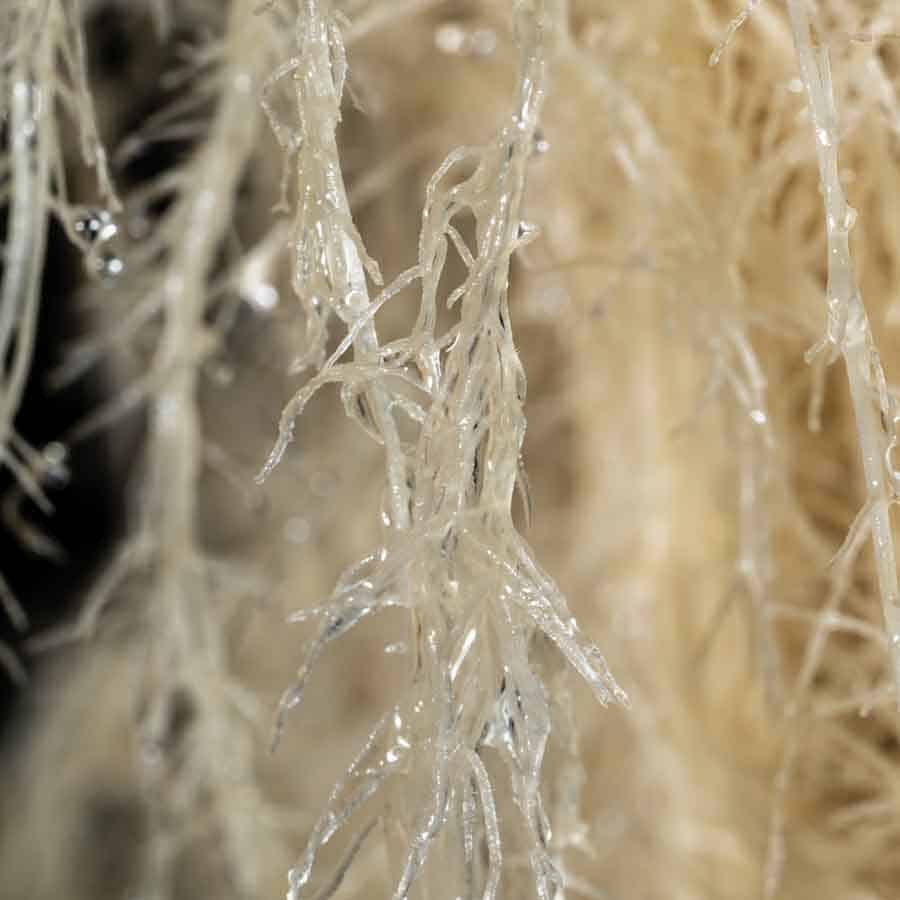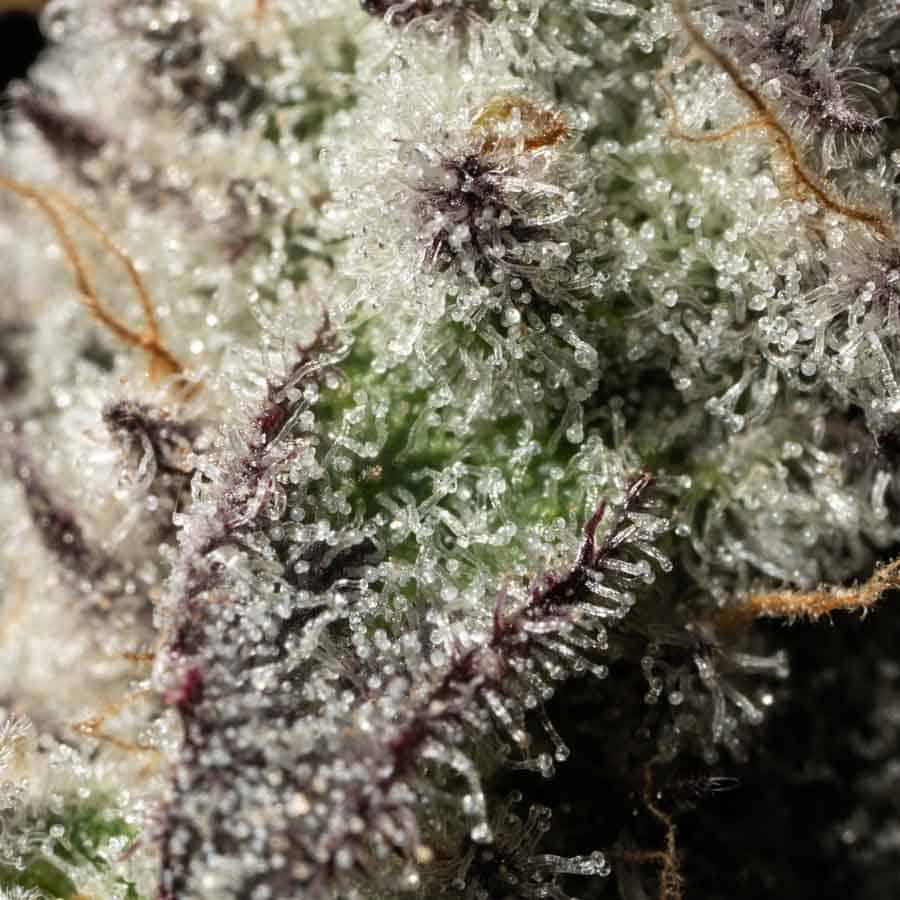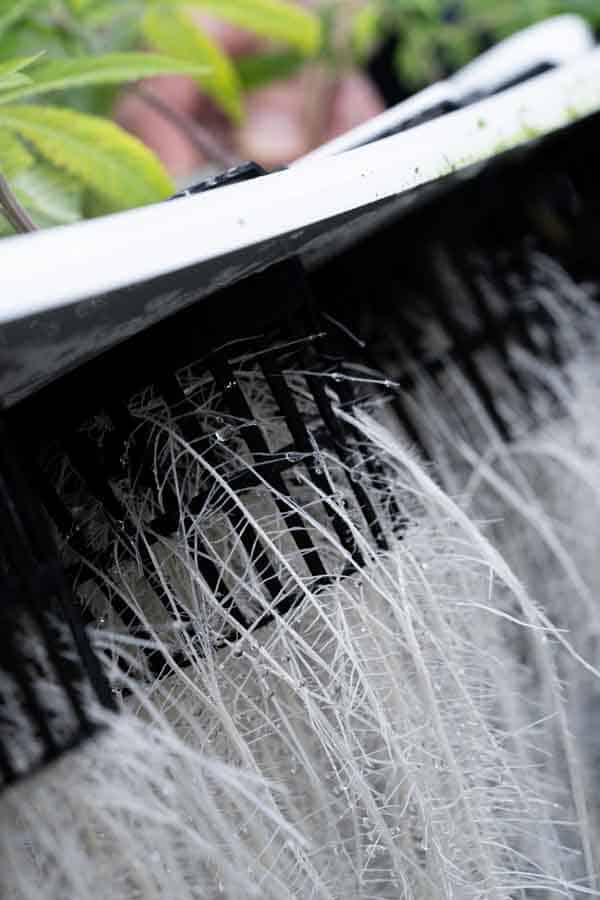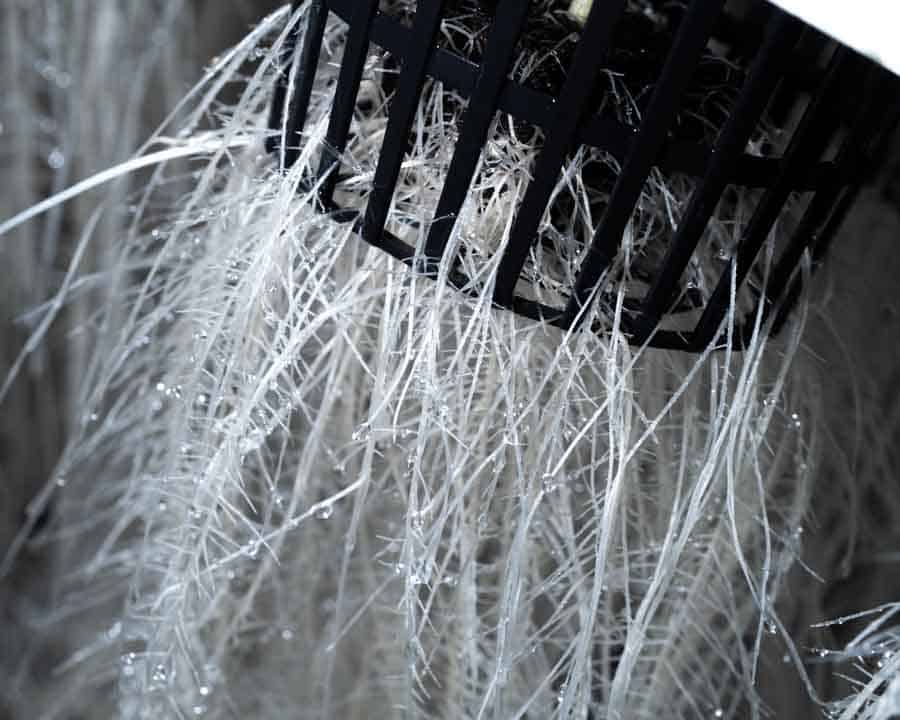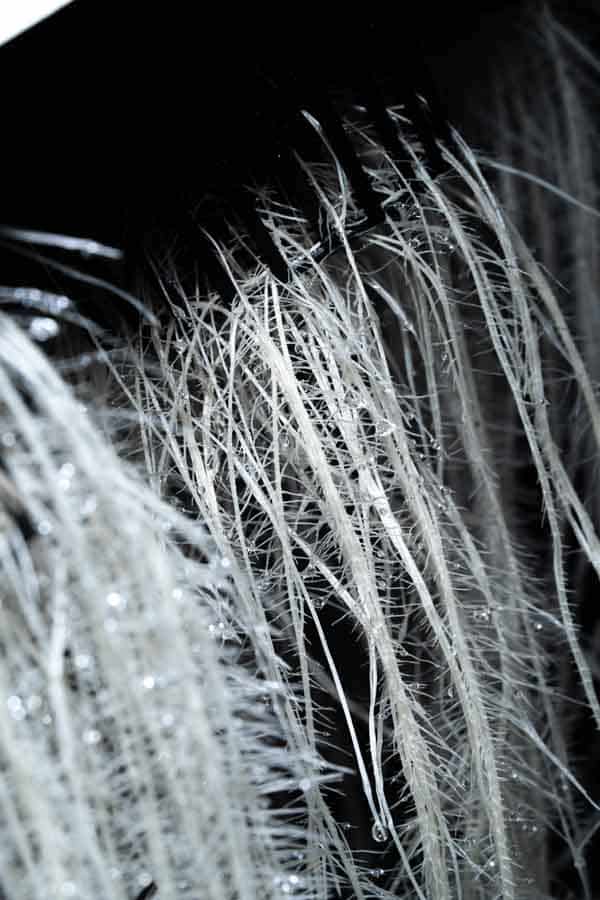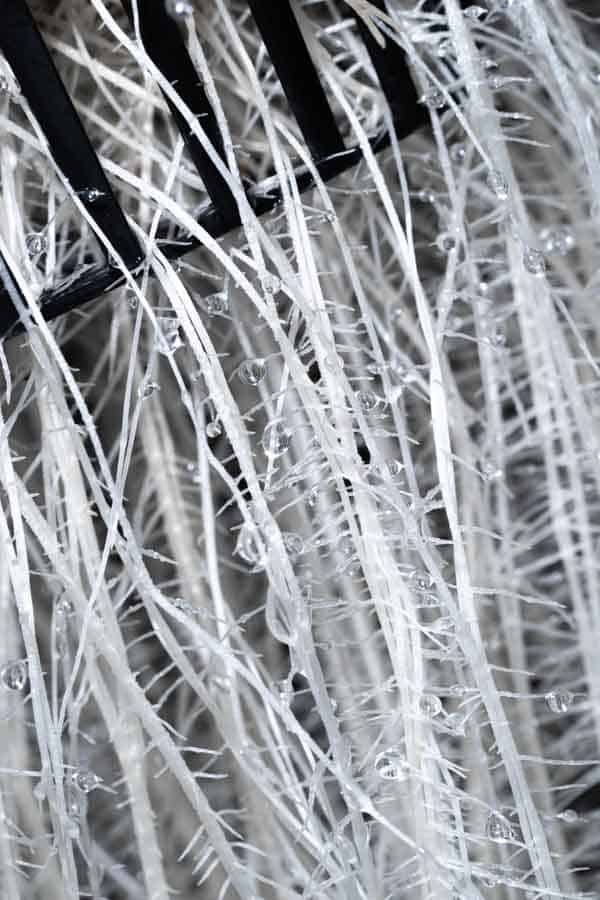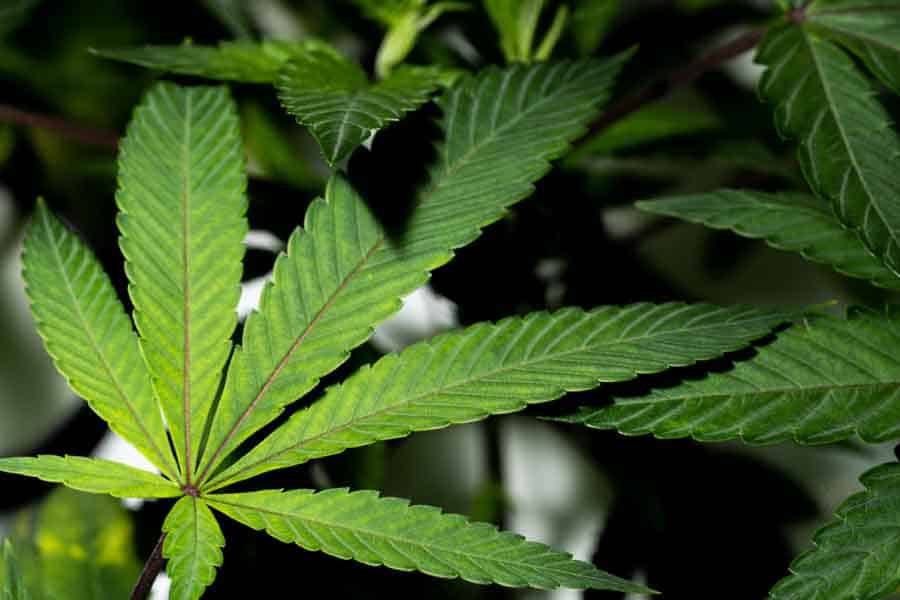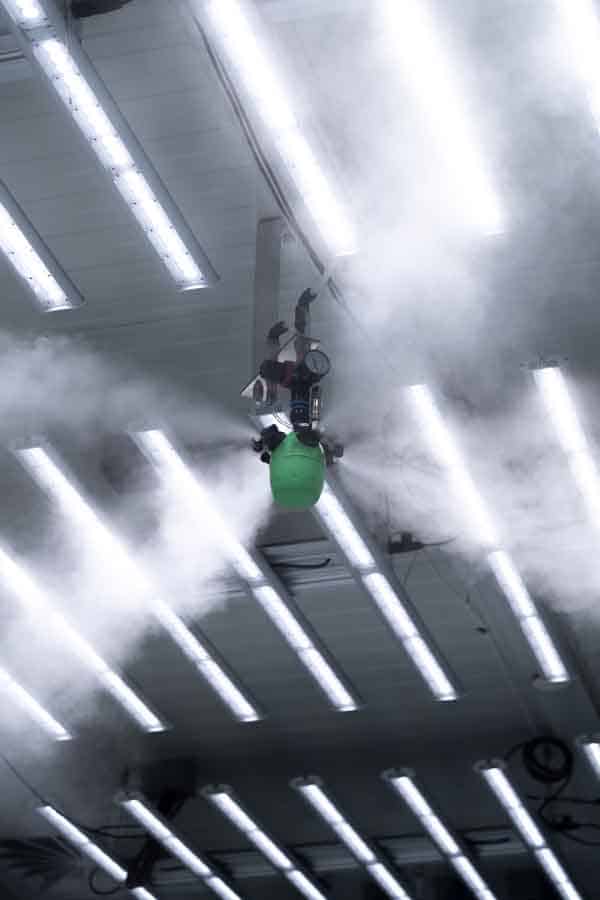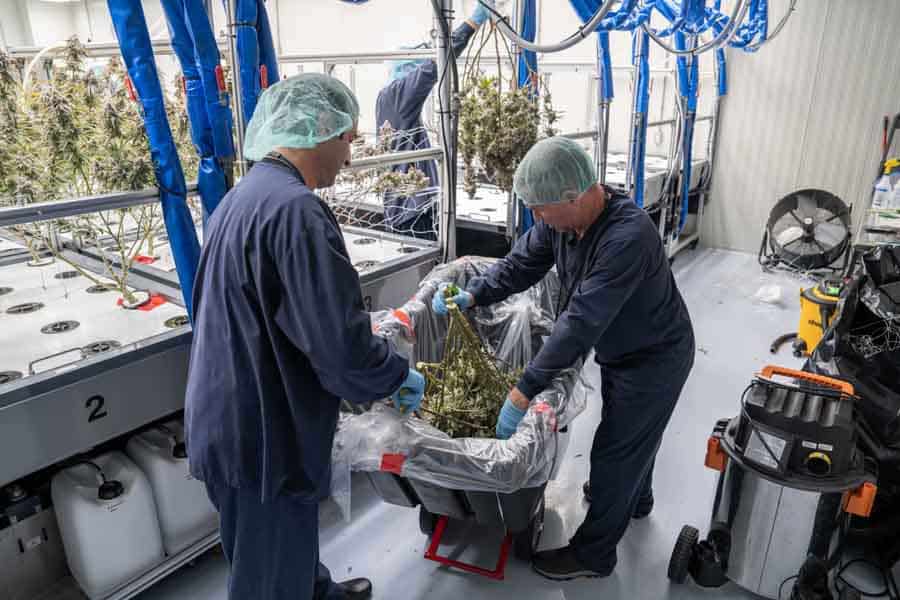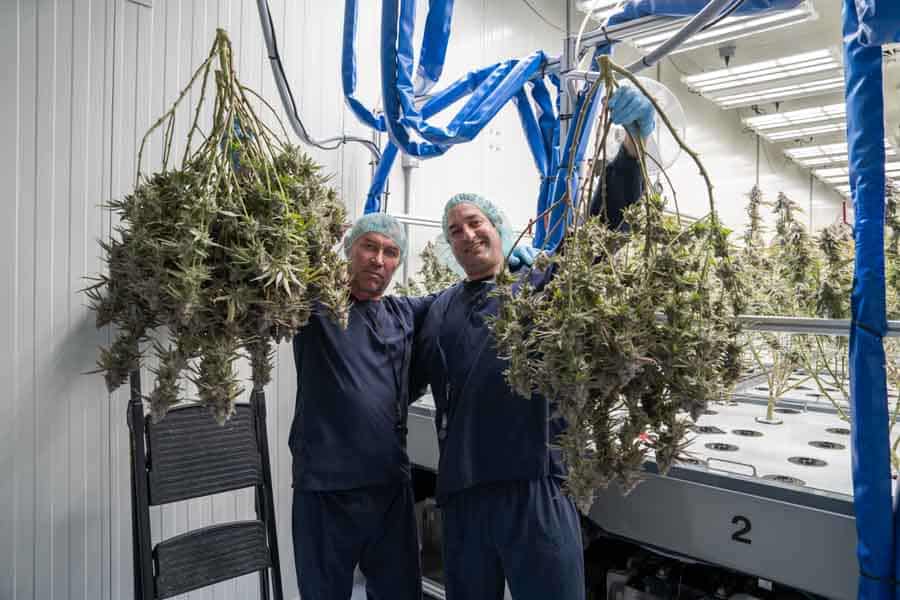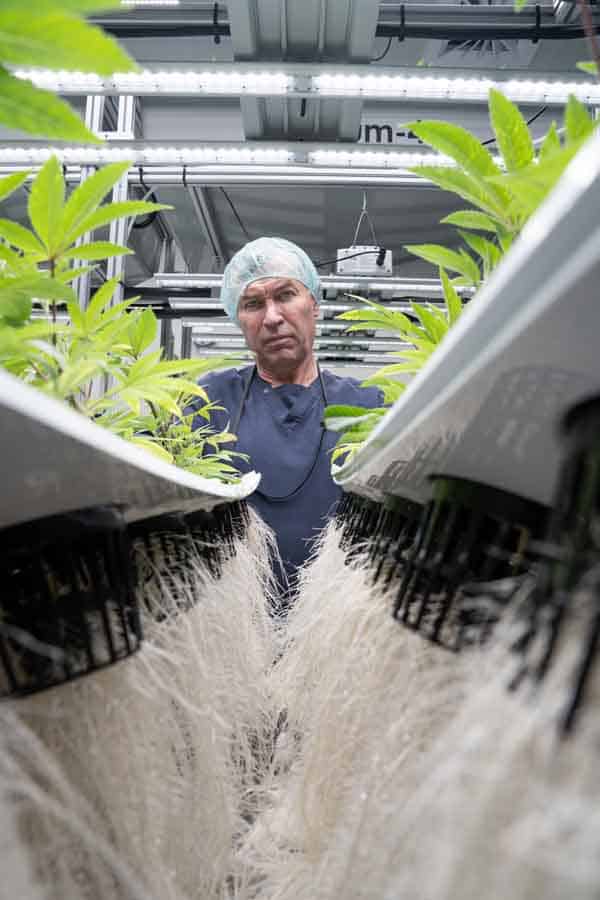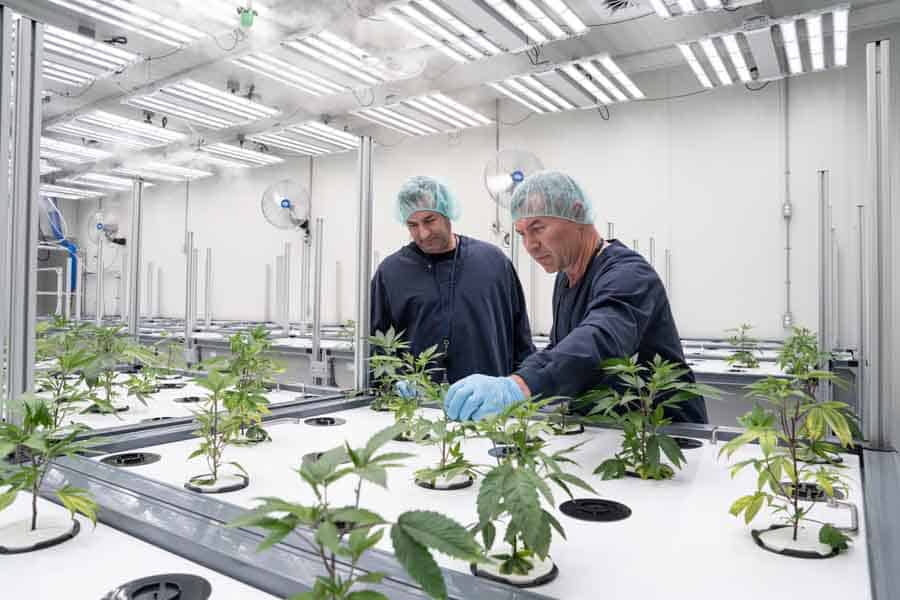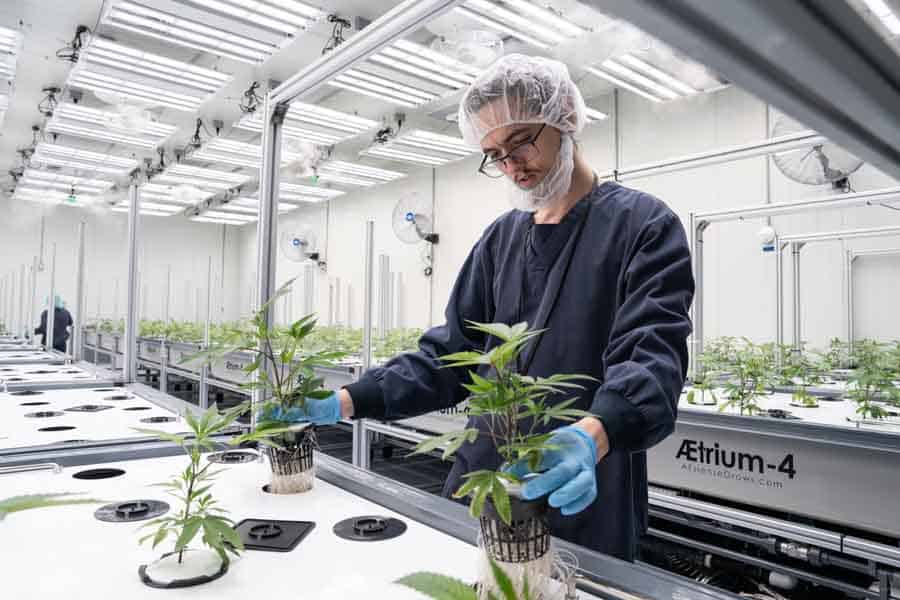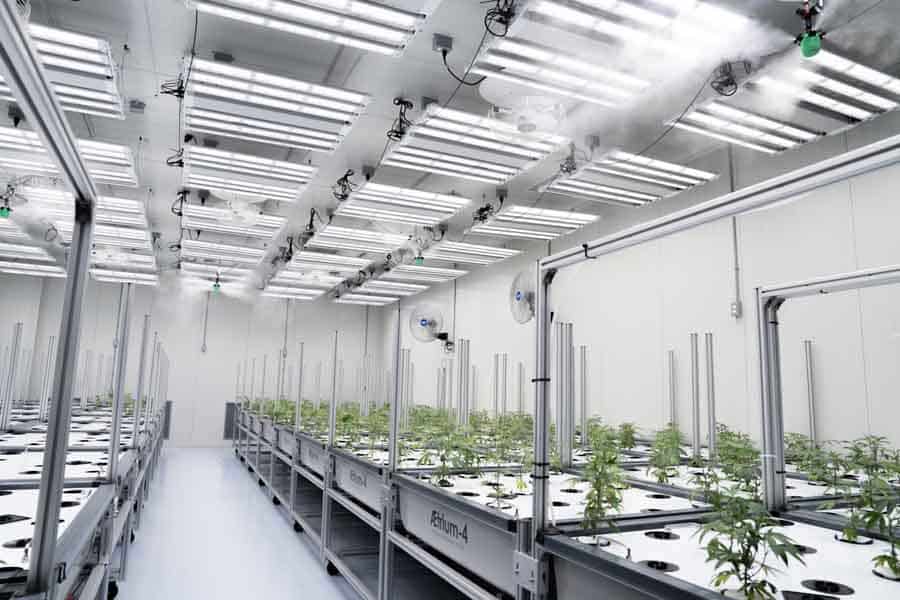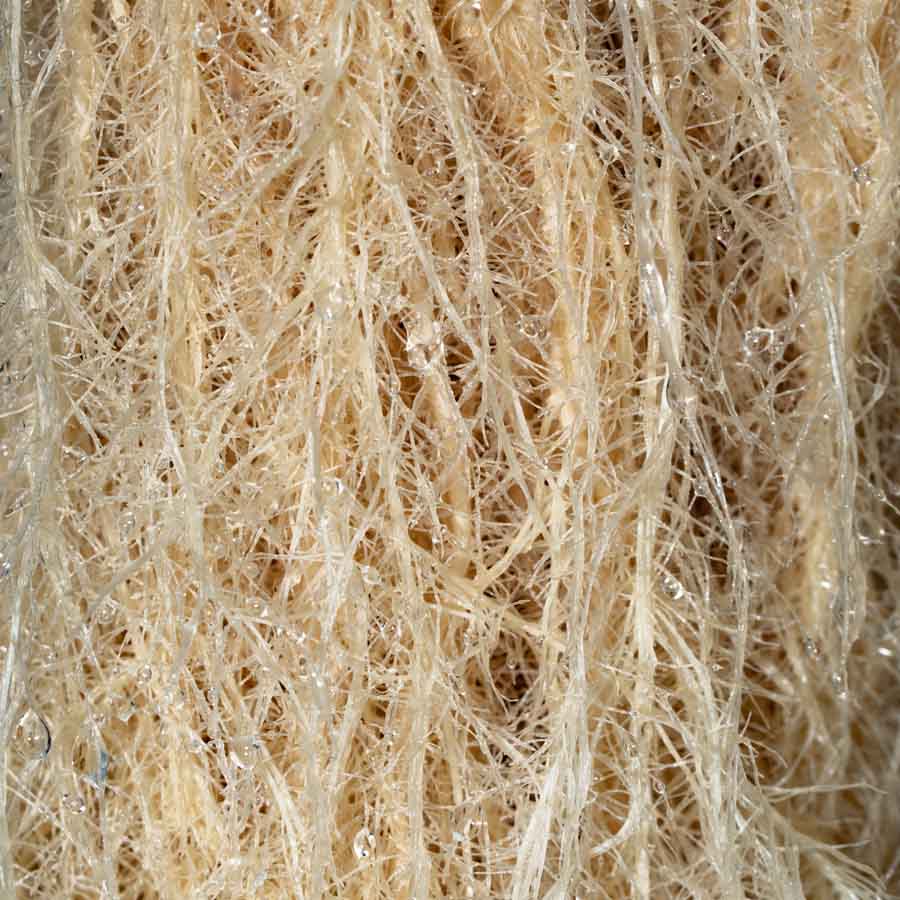With the mass conversion from older lighting systems to more efficient grow lights has come a fantastic opportunity. As governments and localized authorities realize the need and benefits associated with energy-efficient lighting systems, new opportunities for cultivators in the form of rebate incentives have emerged.
Rebates incentives are being offered country-wide for growers looking to transition to LEDs. However, this process is nuanced. This blog aims to educate you on why these incentives exist, the potential challenges in securing them, and the benefits for those who can.
Benefits of LEDs in CEA
LEDs have become the dominant choice for supplemental lighting in greenhouses and indoor grow spaces for many reasons:
- Energy Efficiency: LEDs consume significantly less energy than other traditional lighting systems. This reduction in energy consumption translates to lower operational costs for growers over time, improving profitability. Furthermore, the ability to tailor light spectrum and intensity precisely to the needs of your developing plants enhances the overall efficiency of plant growth.
- Long Lifespan: One major advantage of LEDs is their longevity. LED technology boasts a lifespan that far surpasses that of conventionally used systems like HIDs. While traditional systems may require frequent replacements due to filament burnouts or diminished efficiency over time, LEDs maintain most of their original luminous flux for tens of thousands of hours. This extended lifespan translates to reduced maintenance costs and replacements for growers and contributes to a more stable environment for plant growth.
- Low Heat Emission: LED grow lights’ heat profile greatly differs from high-intensity discharge systems. Depending on your goals for light intensity, LEDs can produce less ambient heat and a lower leaf surface temperature. This results in a decreased demand for your air conditioning system.
With these many benefits also come increases in yield and quality potential, which is why LEDs have become the dominant option for supplemental lighting in controlled and semi-controlled growing environments.
Rebate Incentives for Early Adopters
LEDs have significantly advanced horticultural technology, offering energy-efficient and environmentally friendly solutions to controlled and semi-controlled growing spaces. Rebates make this cutting-edge technology more accessible by reducing upfront costs and encouraging widespread adoption. The energy efficiency of LEDs can lead to substantial long-term savings on utility spending, making them a wise choice for the commercial operator and the hobbyist.
As governments and other organizations realize the importance of promoting energy-efficient technologies, rebates serve as a powerful incentive, aligning the individual desires of the regulatory bodies with the environment and growers. Seizing the opportunity to apply for LED rebates makes economic sense and contributes to a sustainable and more ecologically friendly approach to horticulture.
Potential Challenges and Limitations
When it comes to successfully receiving rebate incentives, it’s not as easy as 1-2-3. Cultivation facilities could face several challenges in securing these incentives.
Complex Application Process
Navigating rebate programs for LEDs can be difficult due to the eligibility criteria of each rebate program. One significant criterion is the size of your facility. Some programs favor larger facilities as opposed to small or medium-sized. Energy savings projections are another hurdle, requiring accurate estimates, which may be challenging for facilities unfamiliar with LED technology or experiencing fluctuating energy demands.
The type of crop grown is also a huge factor, as some programs may target specific crops, limiting options for facilities growing niche or non-traditional crops. Additionally, extensive documentation, such as historical energy usage and facility plans, is required. This process can be very time-consuming in an industry where time is hard to come by.
Regional Variations
Rebate programs are not all the same, and one large factor that determines how each program is shaped is the region where you are located. This diversity in terms and conditions creates a complex scenario for facilities operating in multiple states, as they must navigate and comply with each region’s distinct requirements. Another major hurdle lies in the limited availability of incentives in certain areas, where facilities may find few or no options due to local authorities’ priorities and energy efficiency goals.
The potential for inequitable distribution of incentives arises when certain regions prioritize certain agricultural practices over others. This impacts facilities that strive for energy efficiency in areas with less emphasis on sustainable horticultural practices. Ultimately, this hinders the uniform adoption of LED grow lights and creates disparities in resource allocation.
Upfront Costs and Cash Flow Issues
Cultivation facilities face a substantial investment when considering their supplemental light fixtures. The dependency on rebate disbursement timelines exacerbates this challenge, as the delay in incentive funds can delay the implementation of the fixtures in their facility.
Failing to align upfront cash with rebate disbursement may lead to hesitation and risk aversion, causing facilities to opt for less efficient lighting systems. This delay risks the facility’s overall sustainability goals and results in missed opportunities for improved crop yield, quality, and energy efficiency.
Short Payback Periods
Though a short payback period aims to accelerate the realization of these financial benefits and energy savings, it poses difficulties for those with limited resources. Such establishments may prefer long-term returns on investment to align with their financial capabilities, creating a disconnect with the short payback period stipulation.
The challenge extends to balancing sustainability objectives with economic viability, as the urgency for quick returns may force cultivation facilities to prioritize immediate financial gains over long-term environmental goals. This emphasis on short payback periods leads to some missed opportunities for facilities to embrace the long-term benefits of LEDs.
Act Now!
These opportunities won’t be around forever! Each rebate offer represents a limited pool of funding that won’t be replenished once it’s depleted. The competitive landscape for securing these incentives demands swift decision-making to ensure access to the available funds.
If you need assistance with the rebate process, contact us today!

